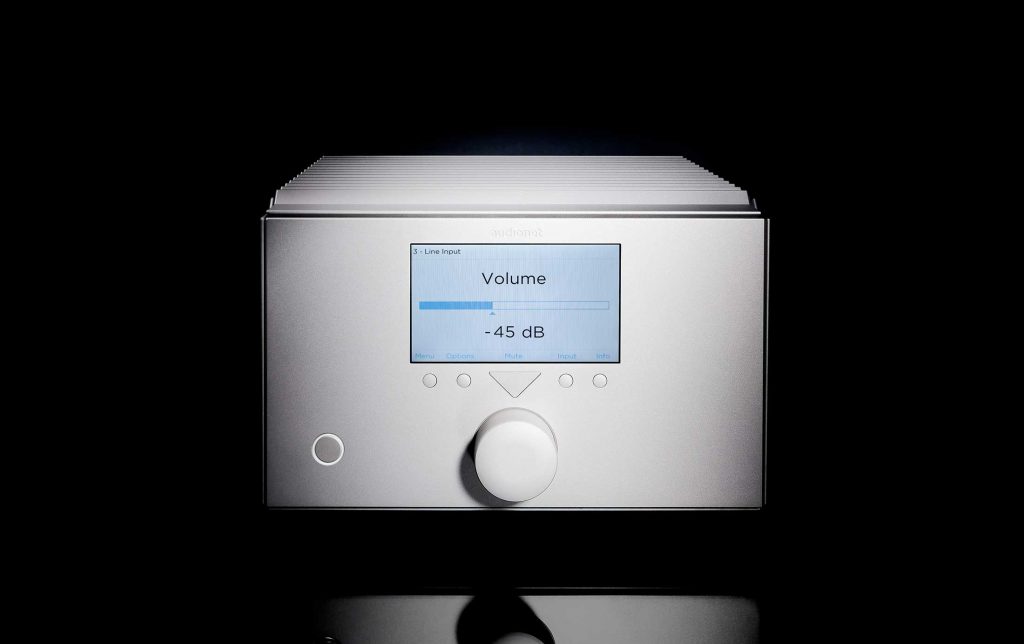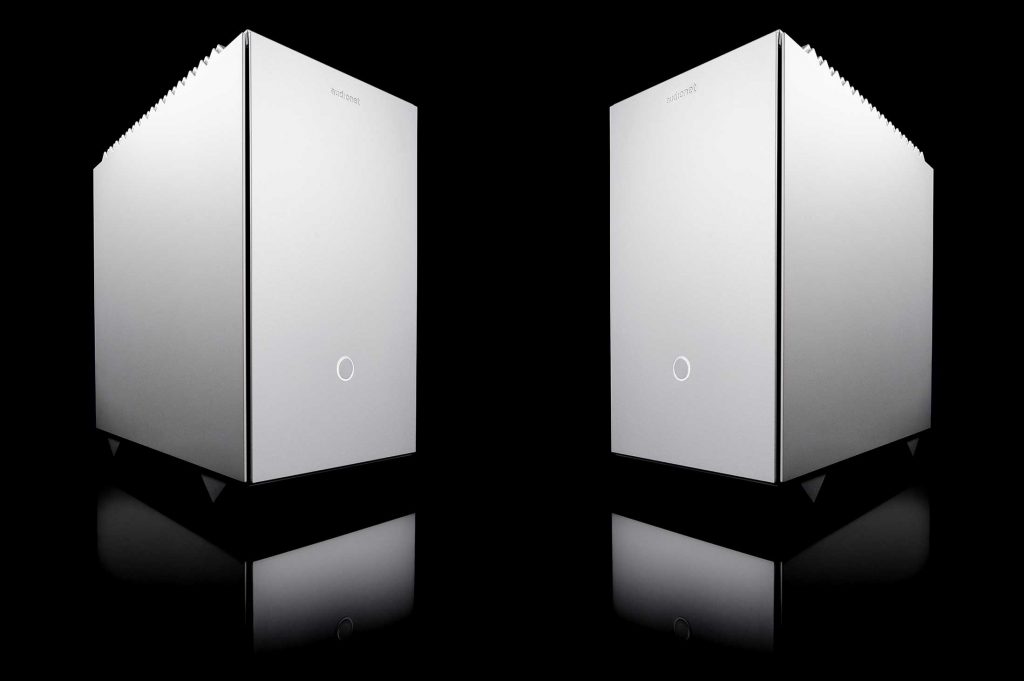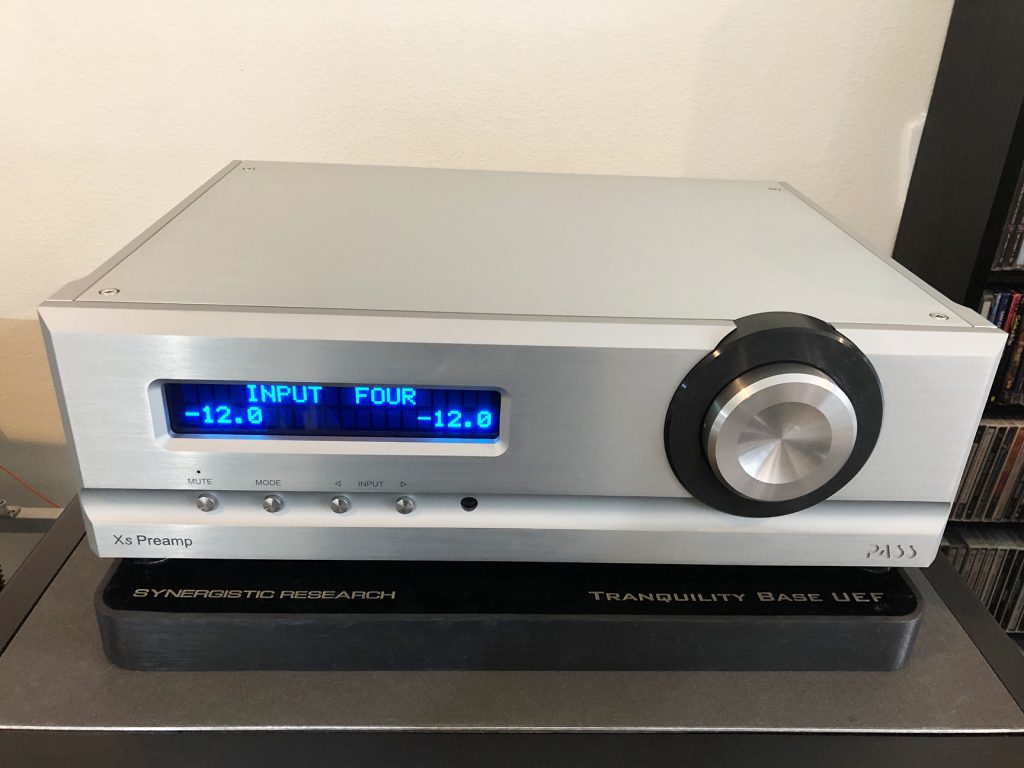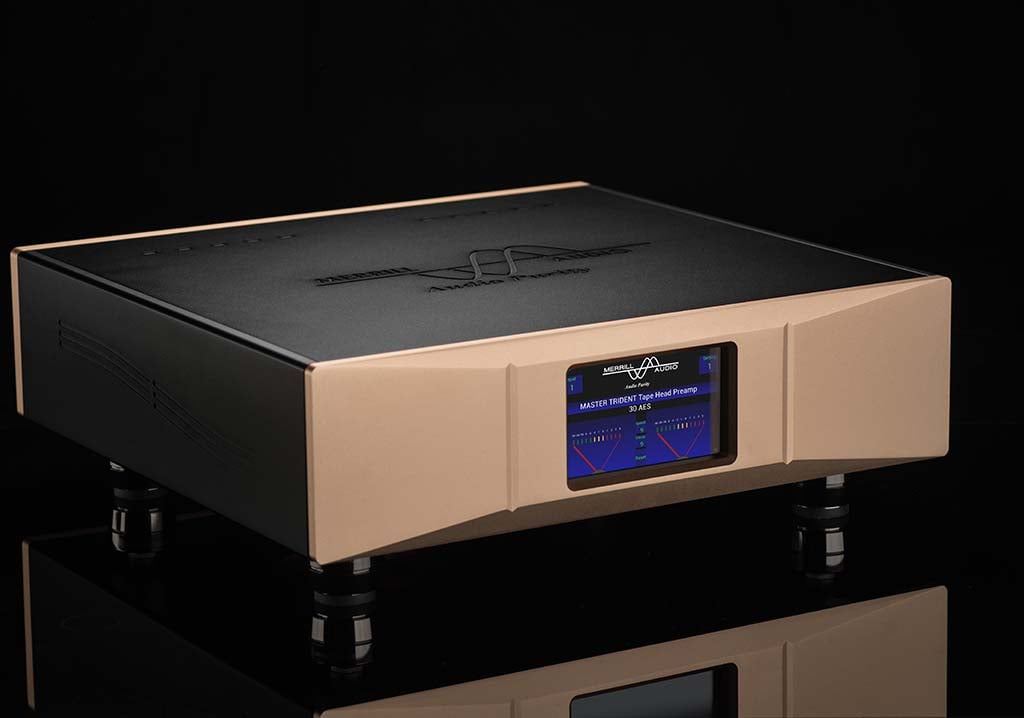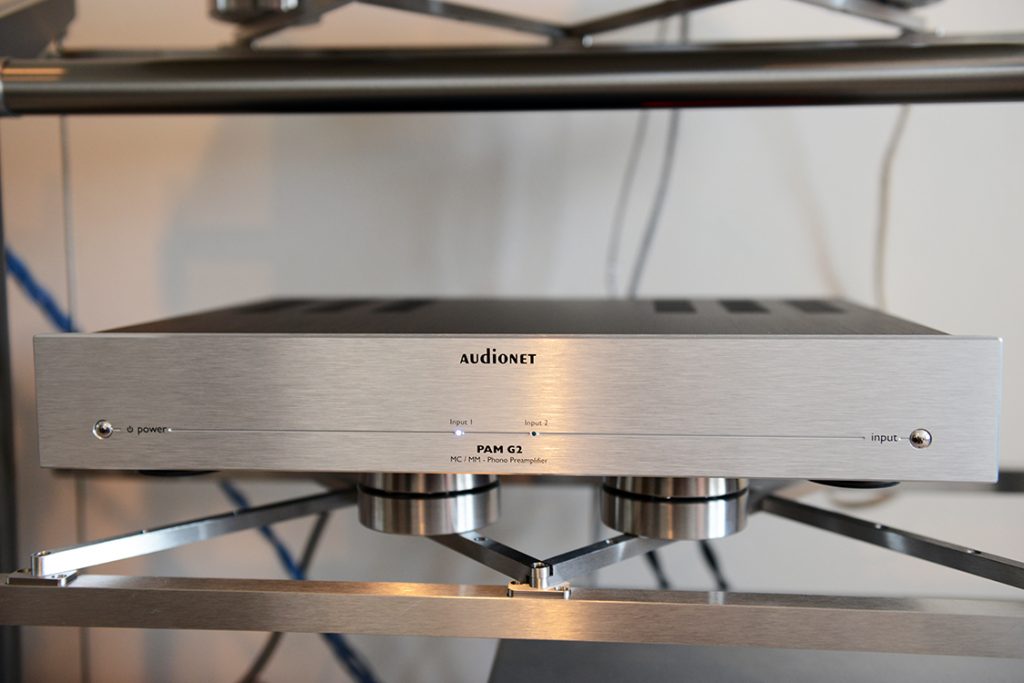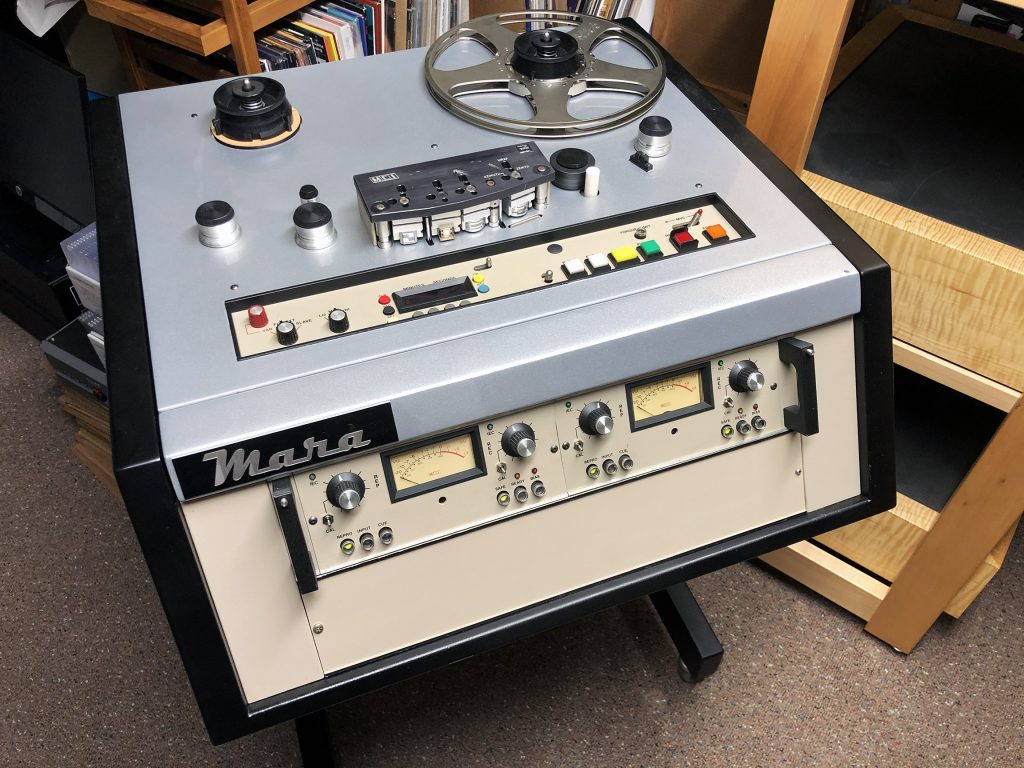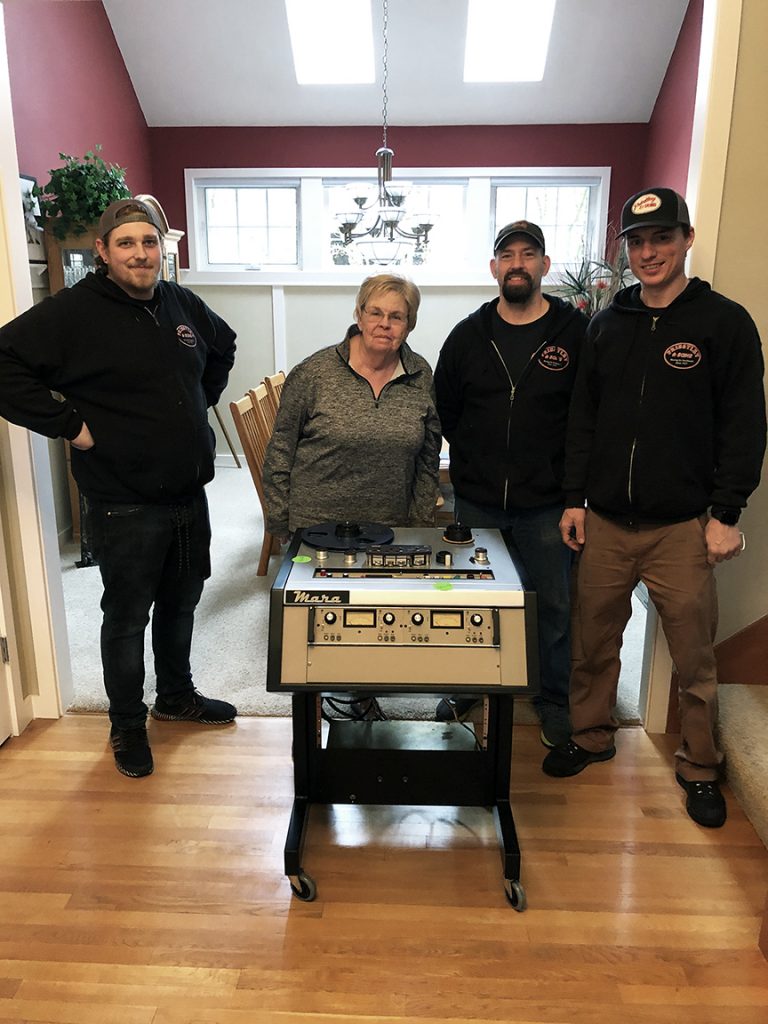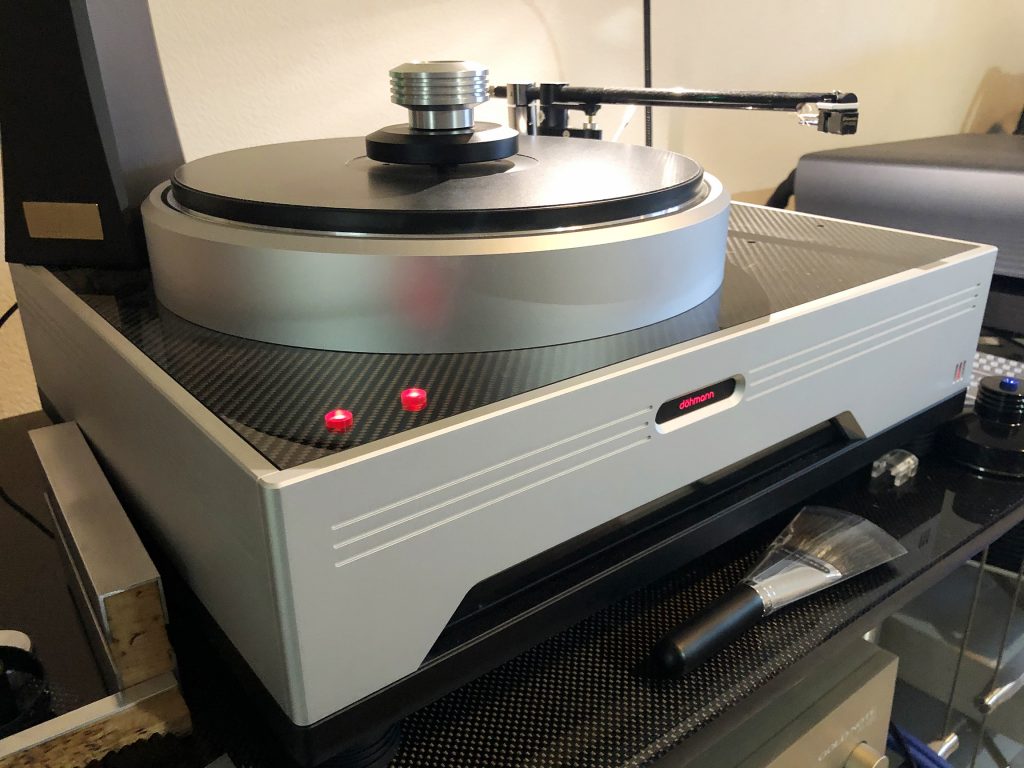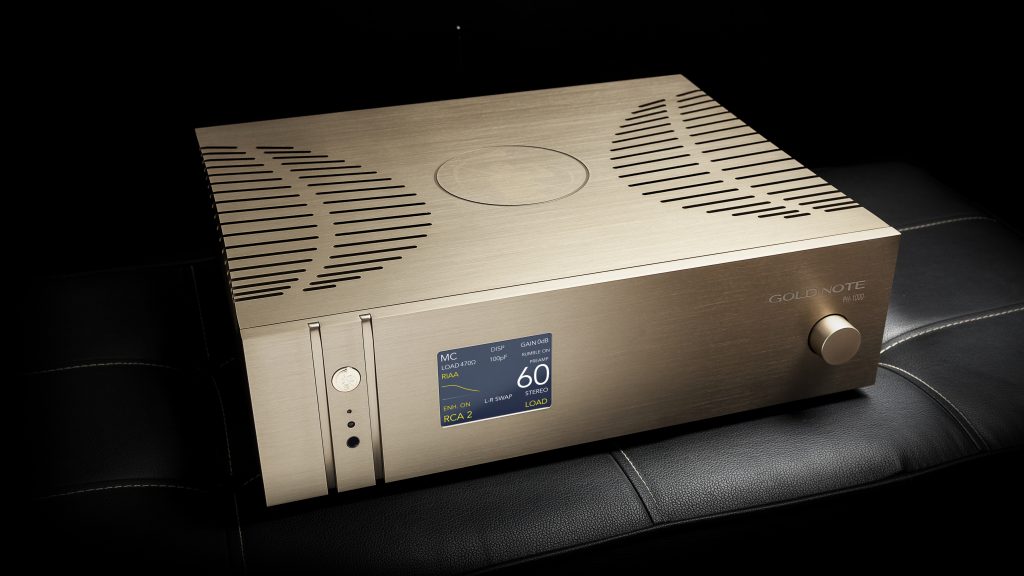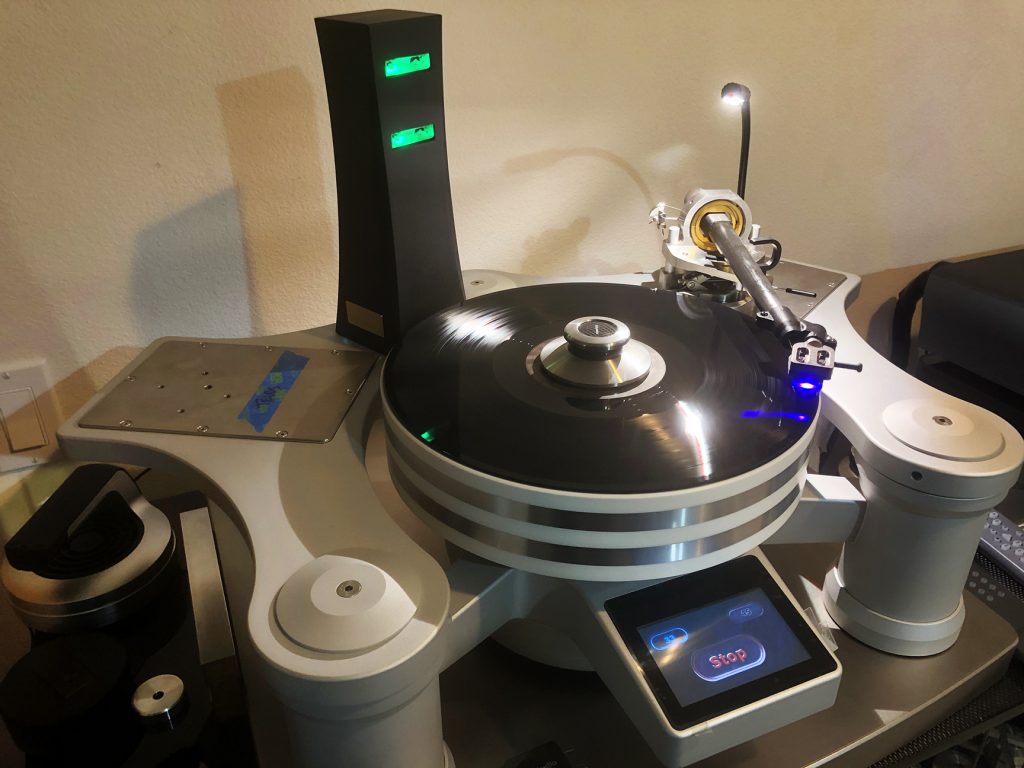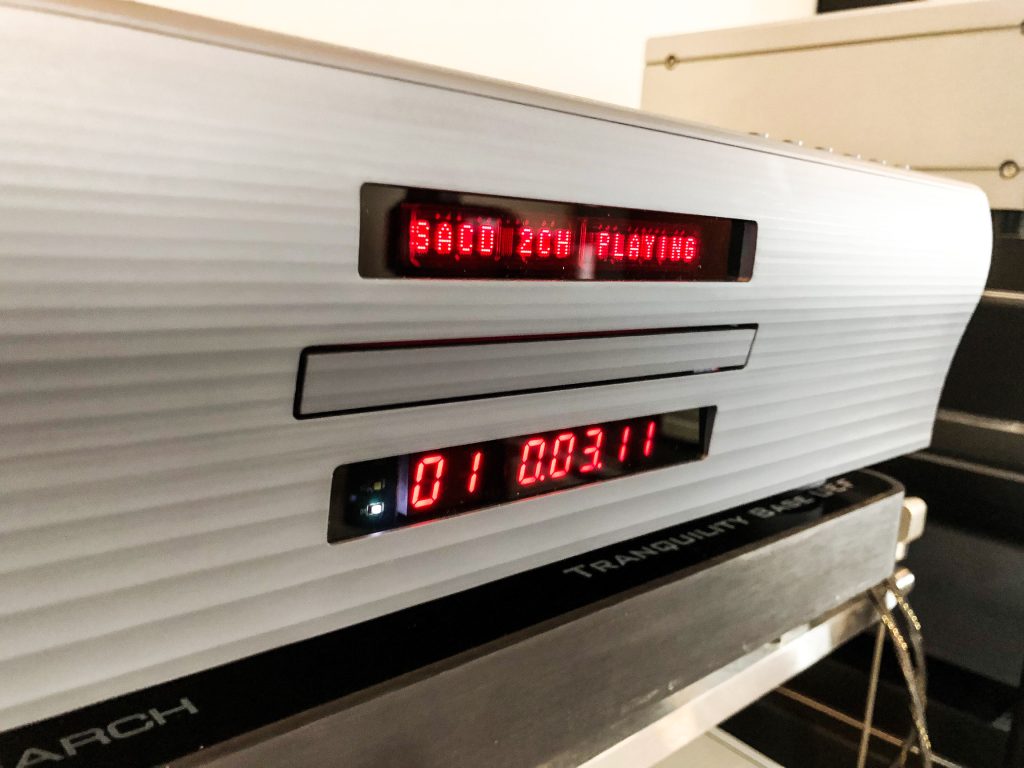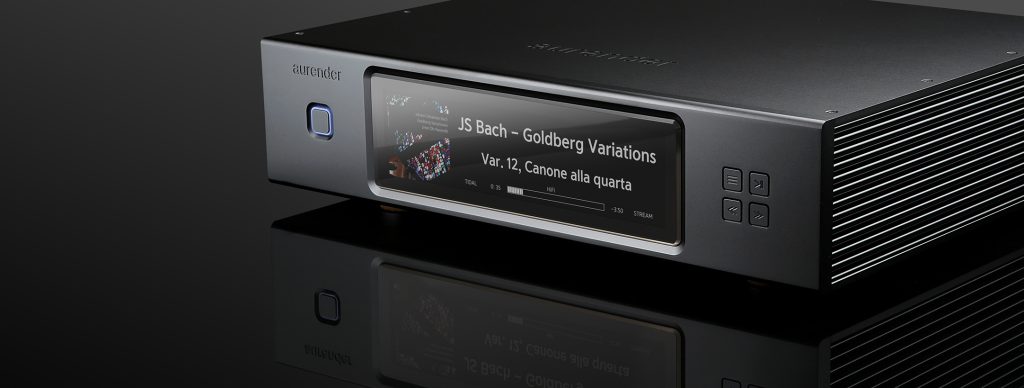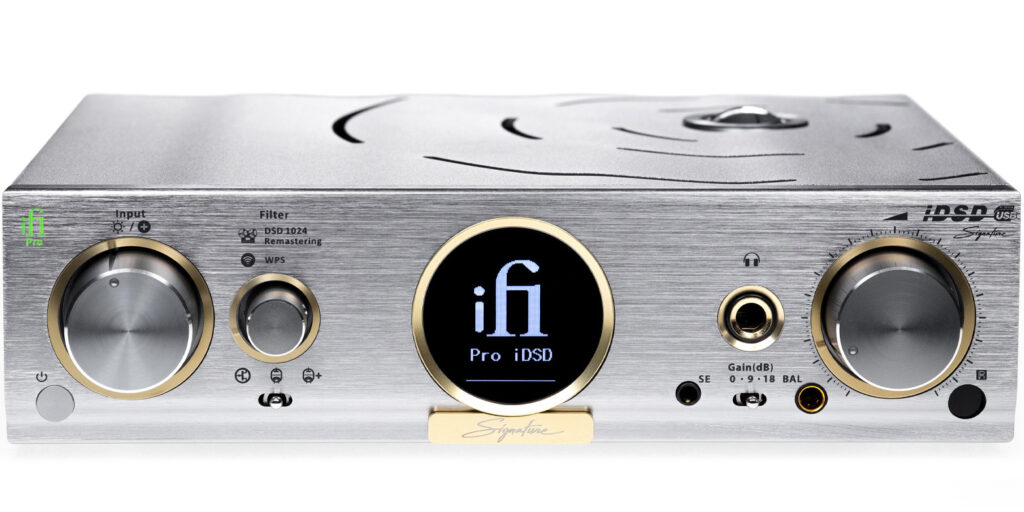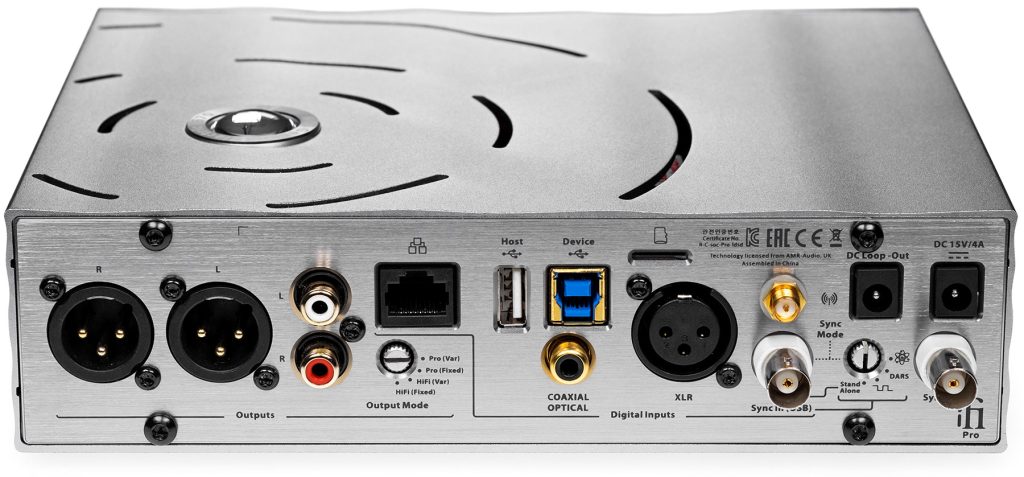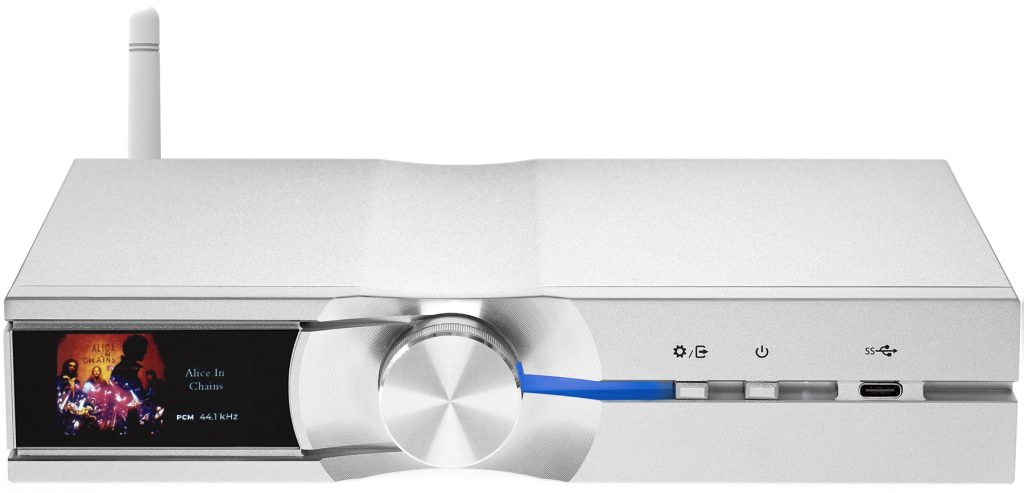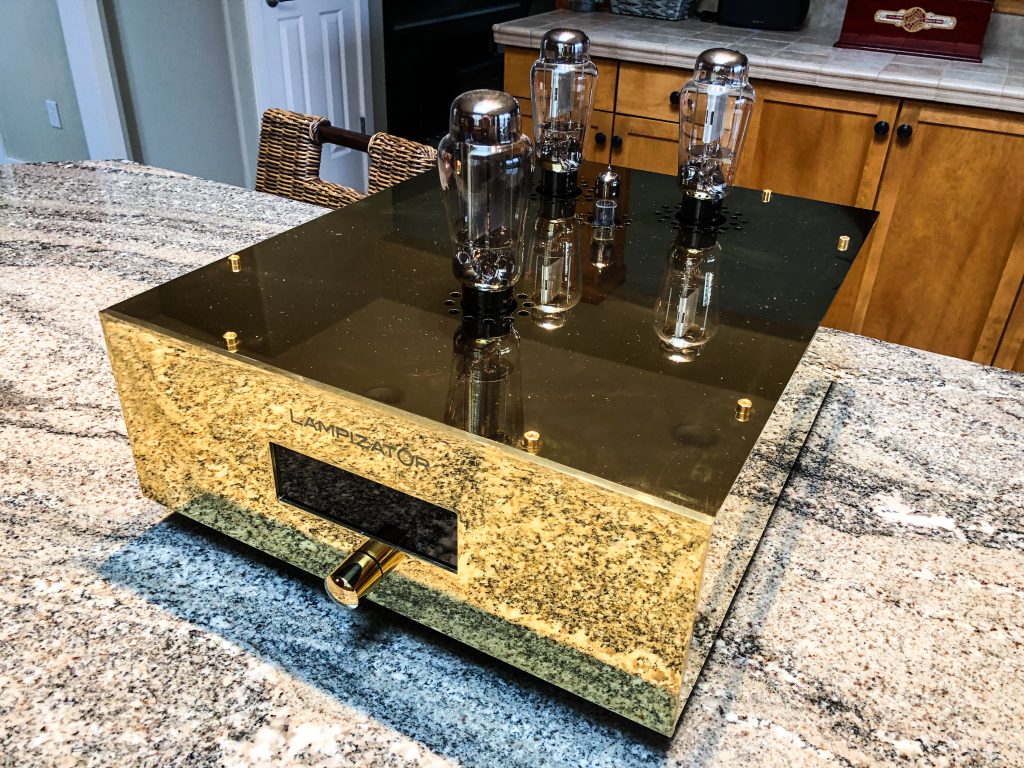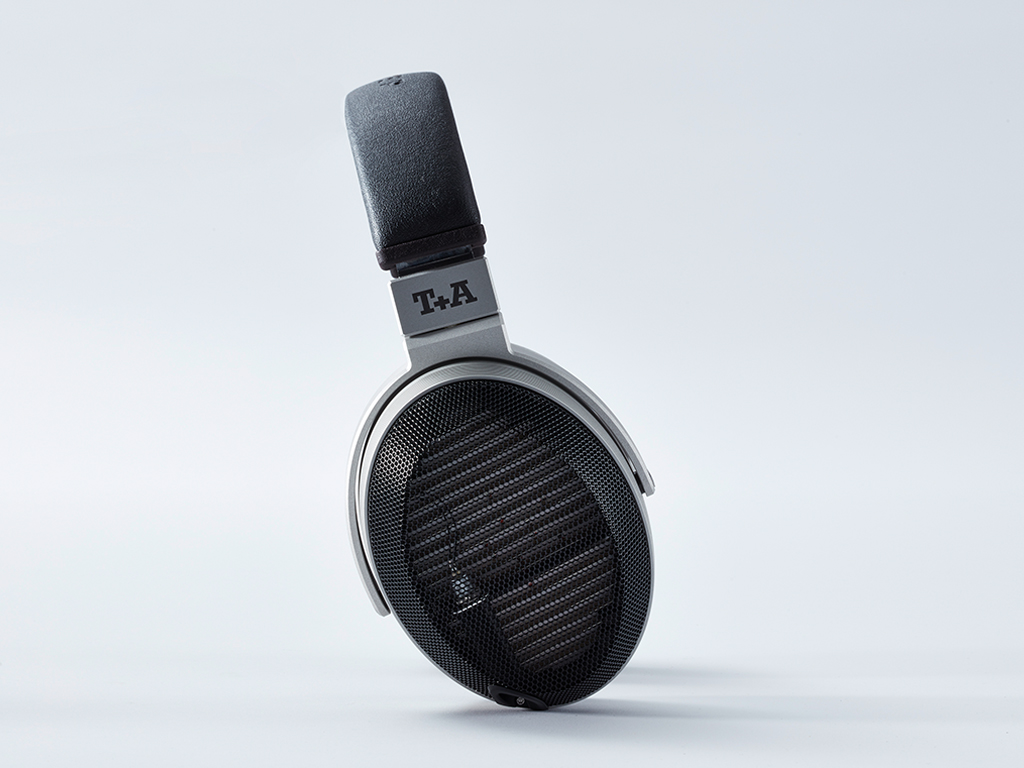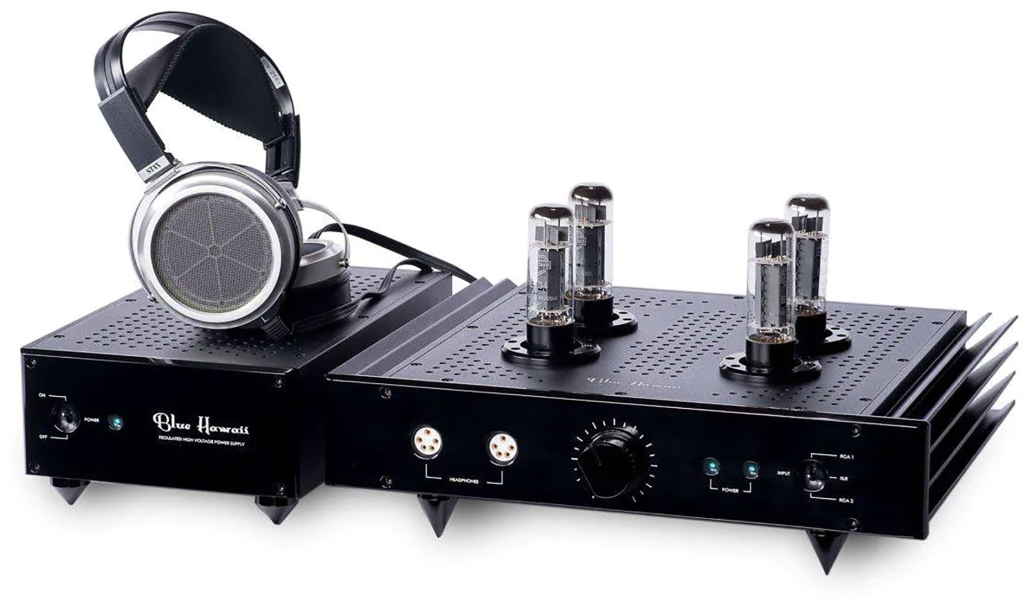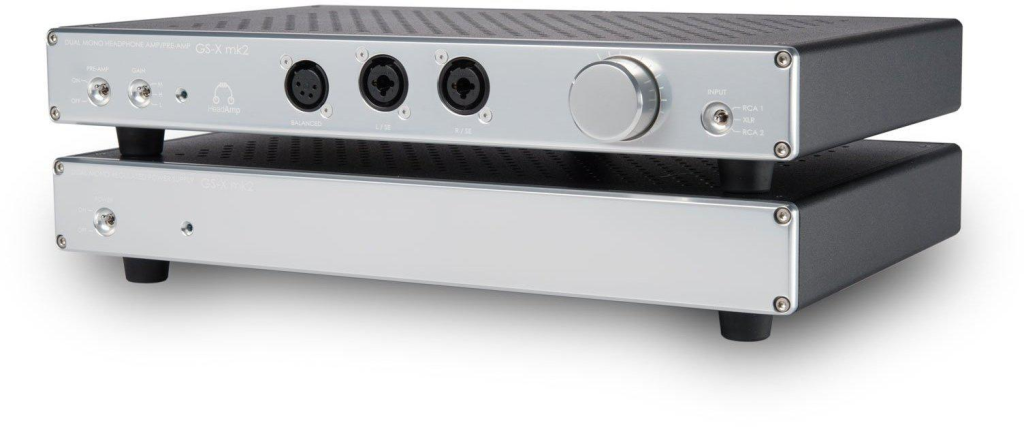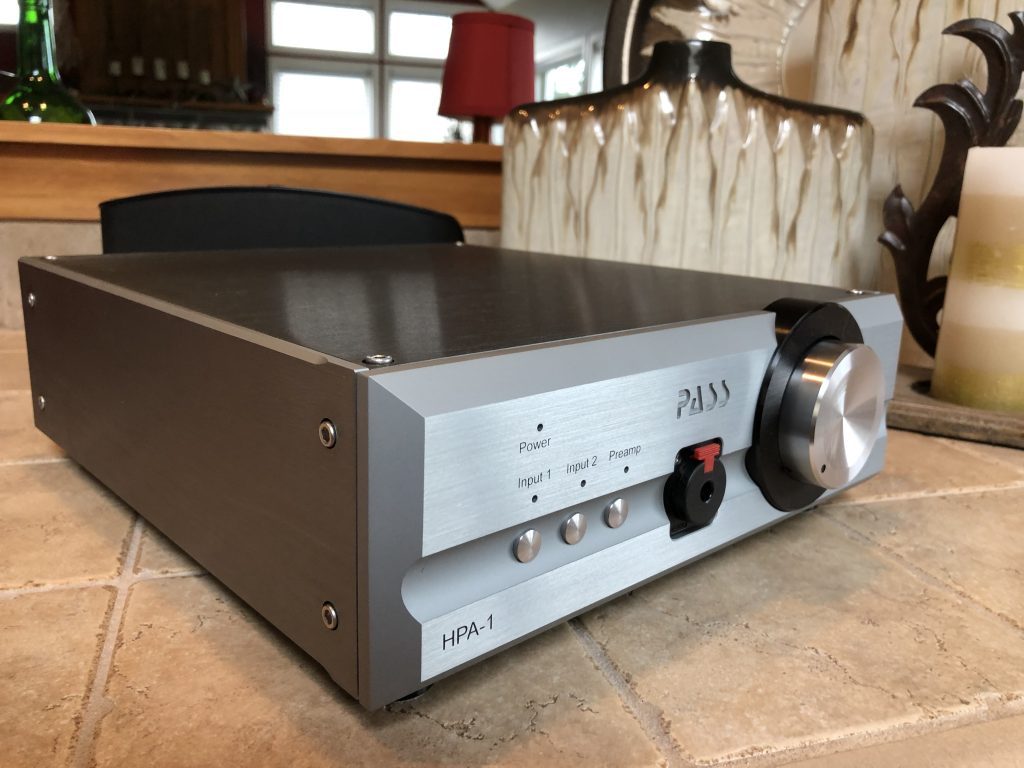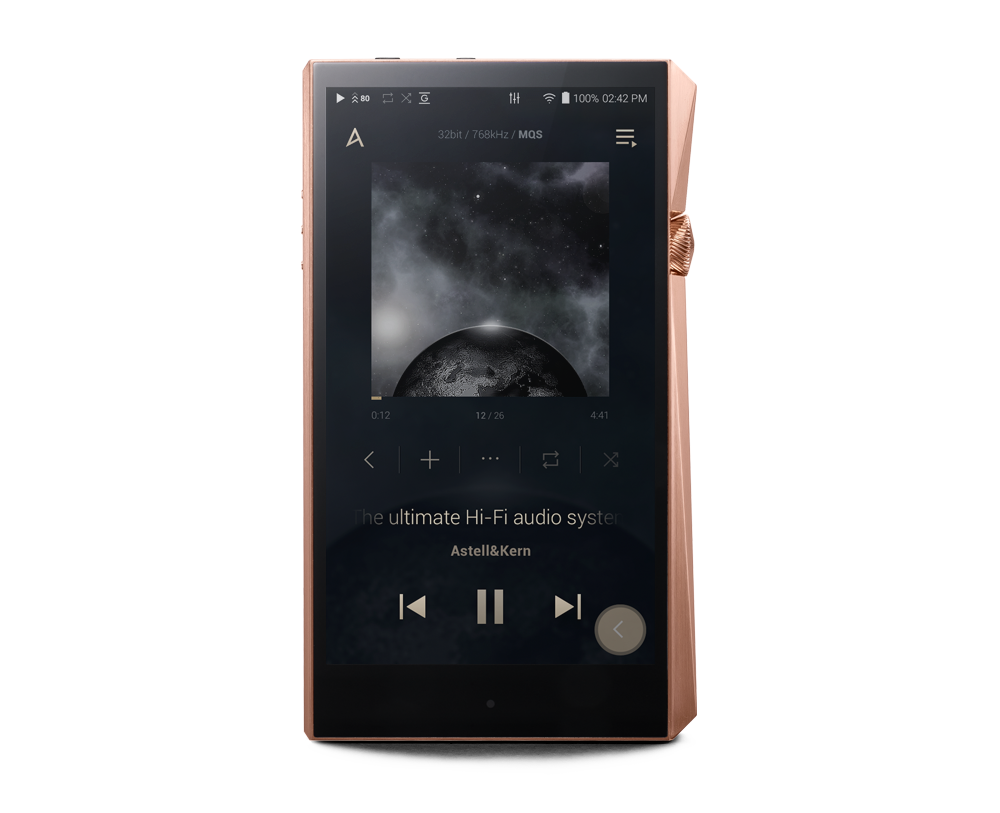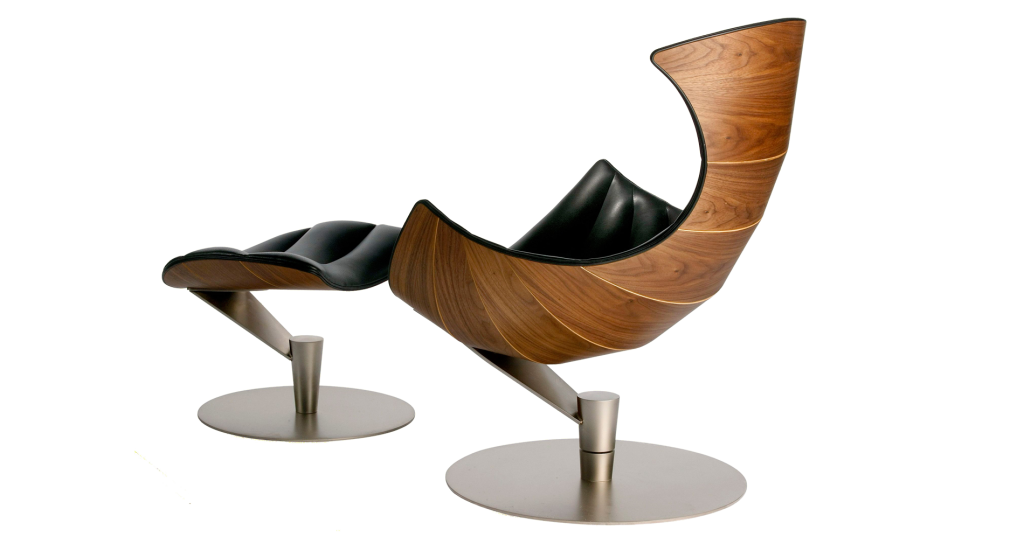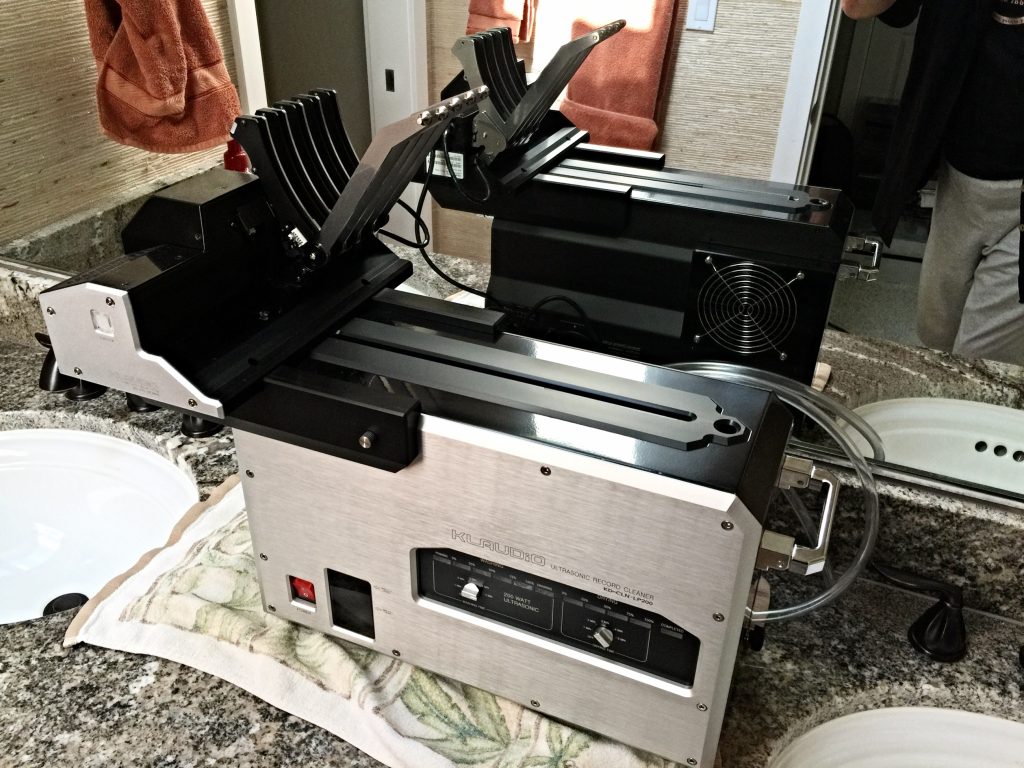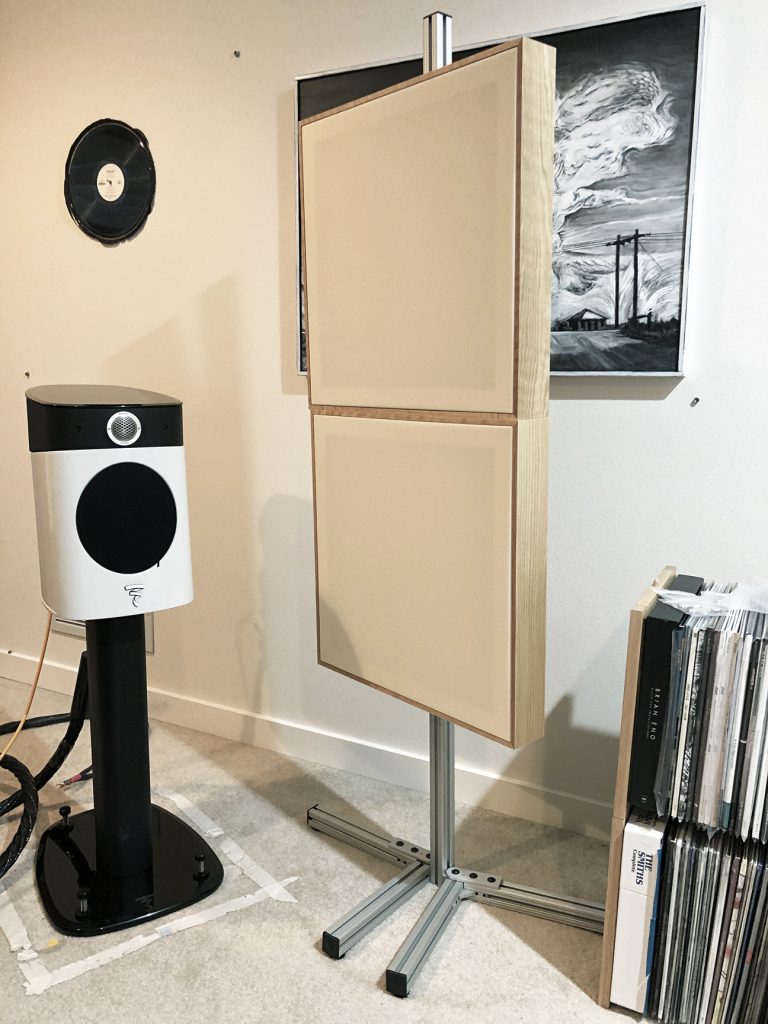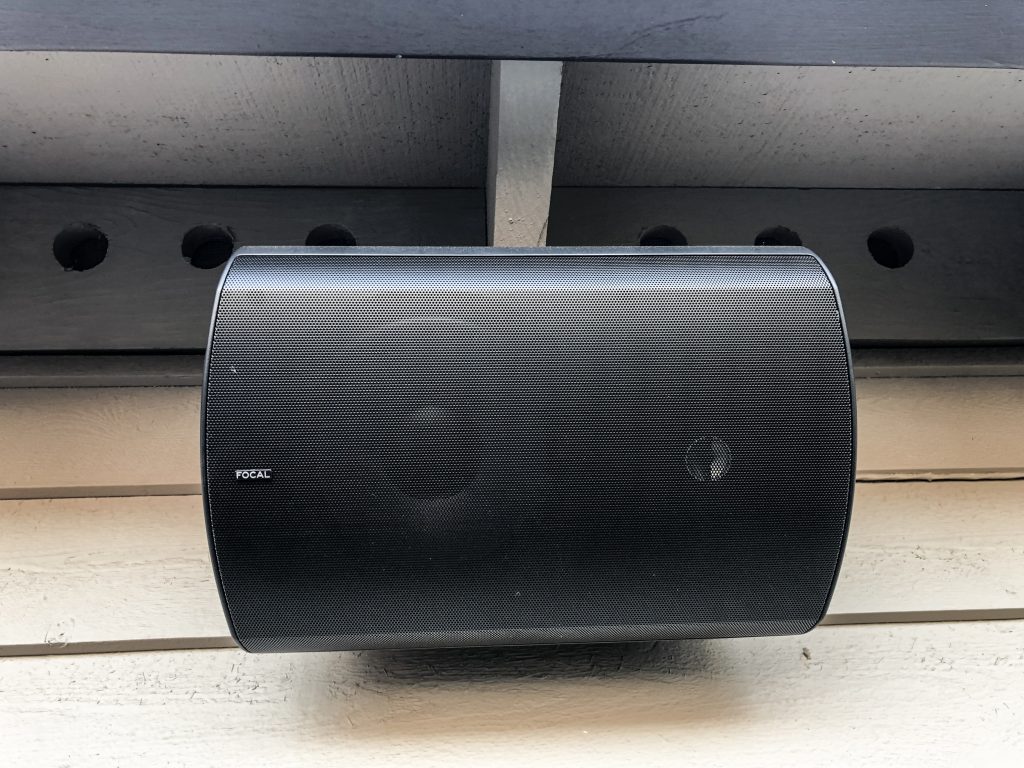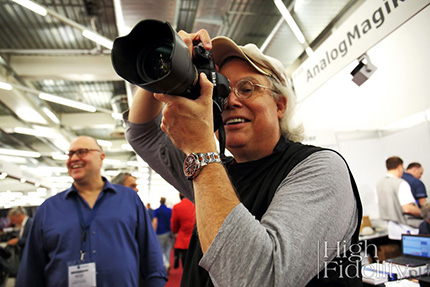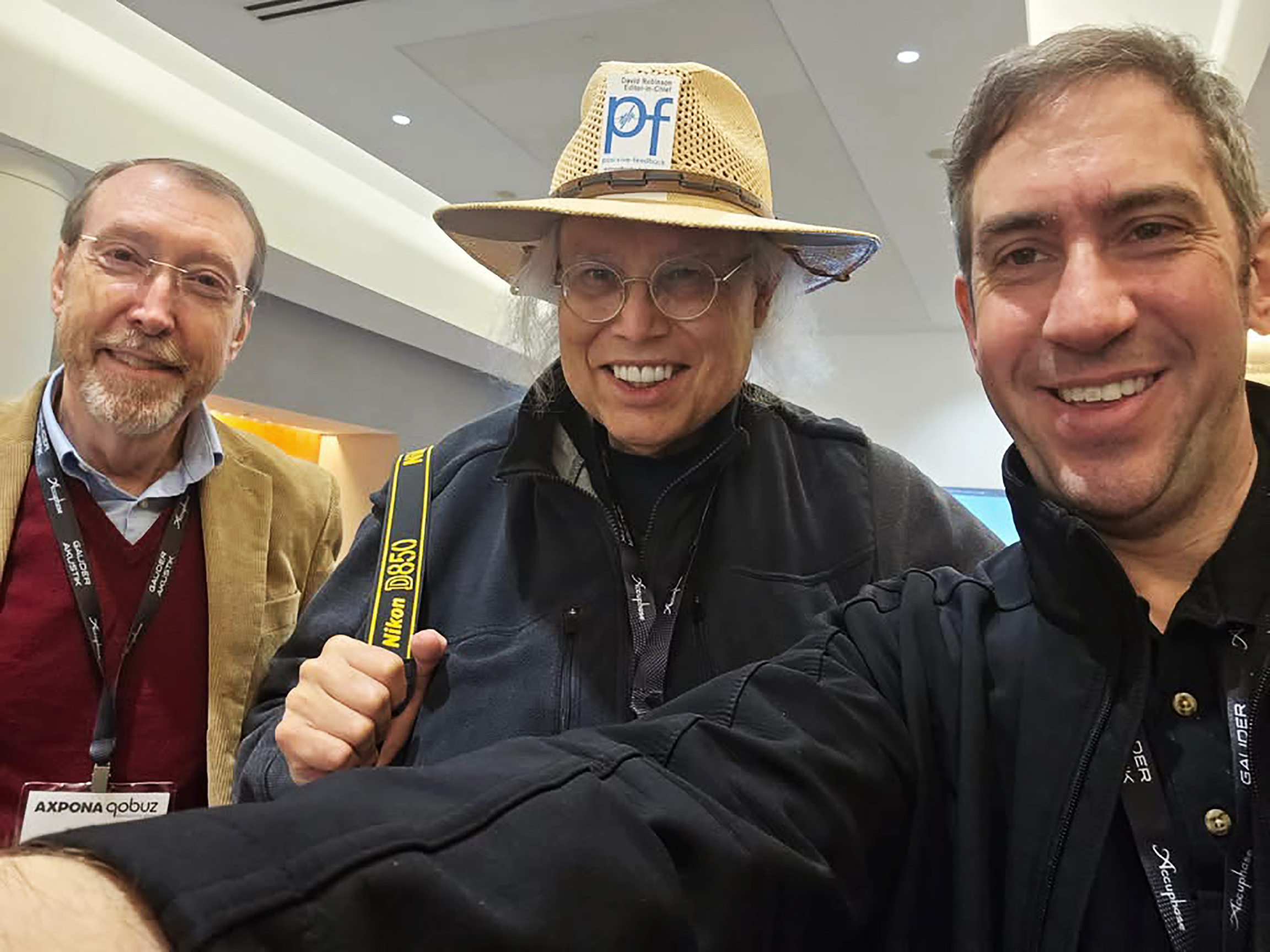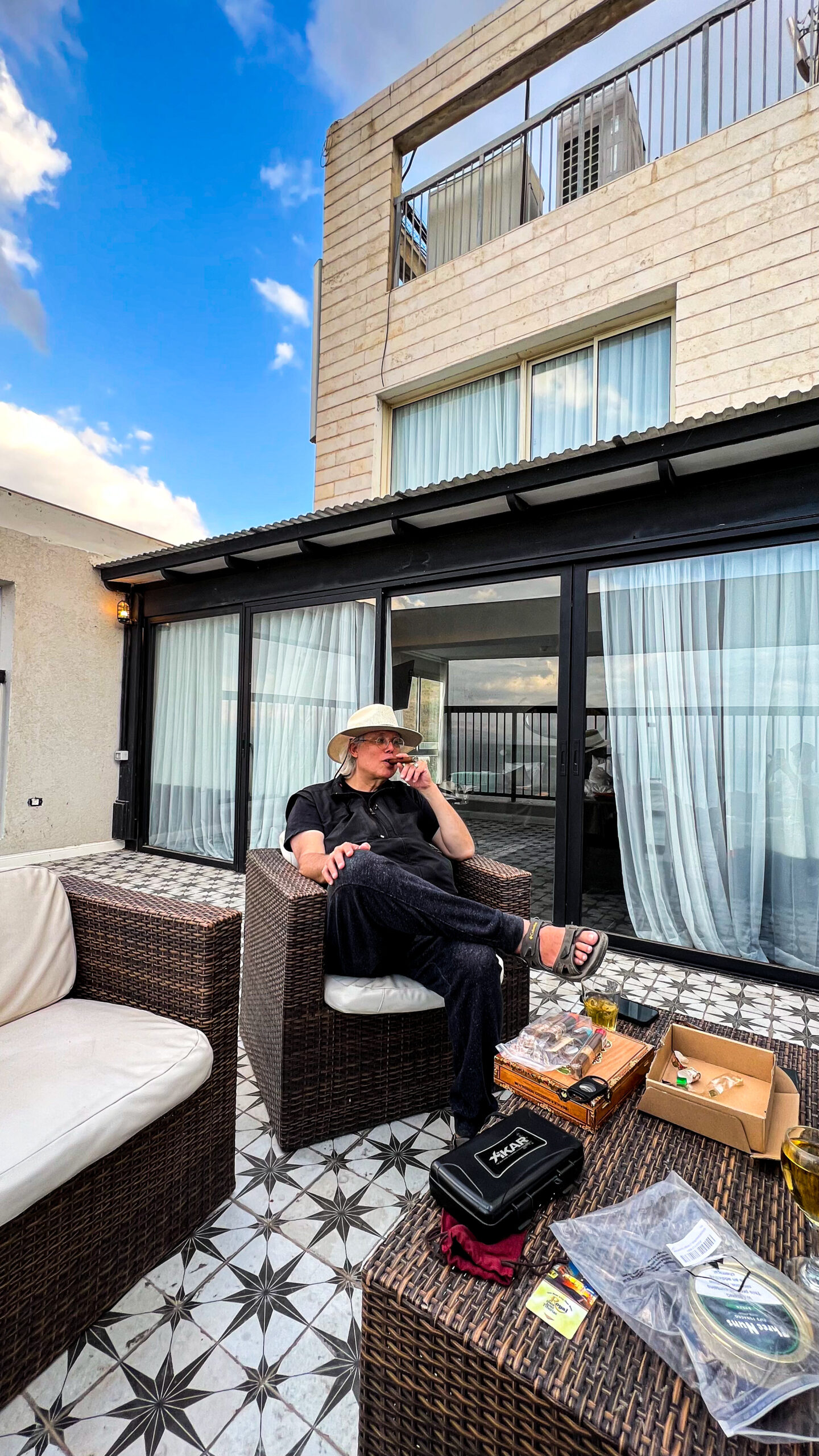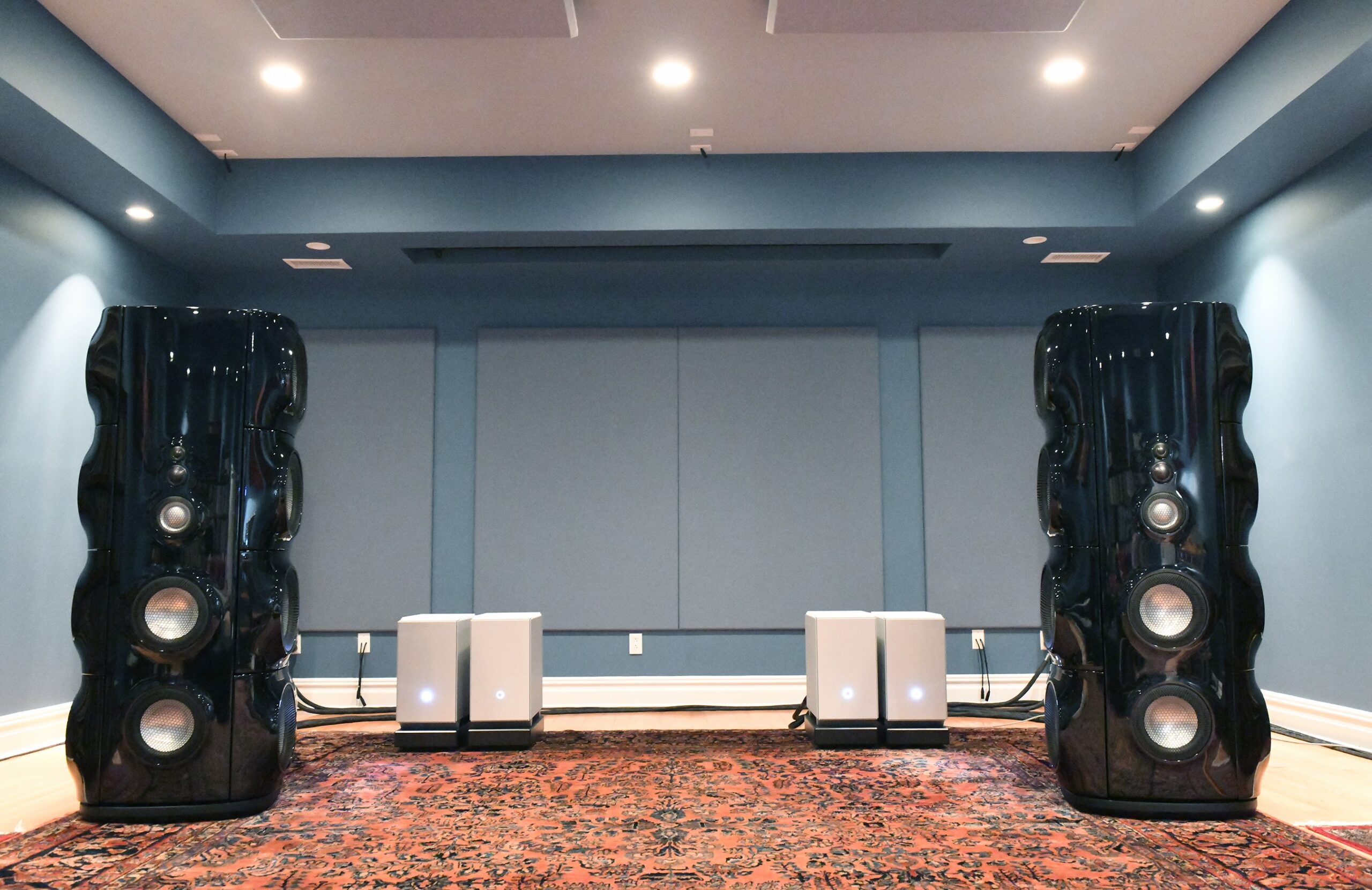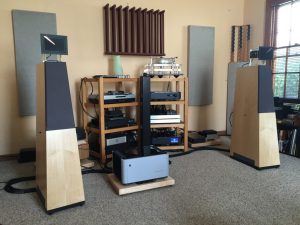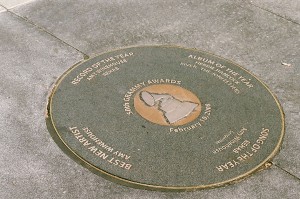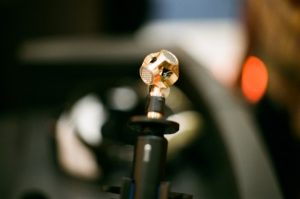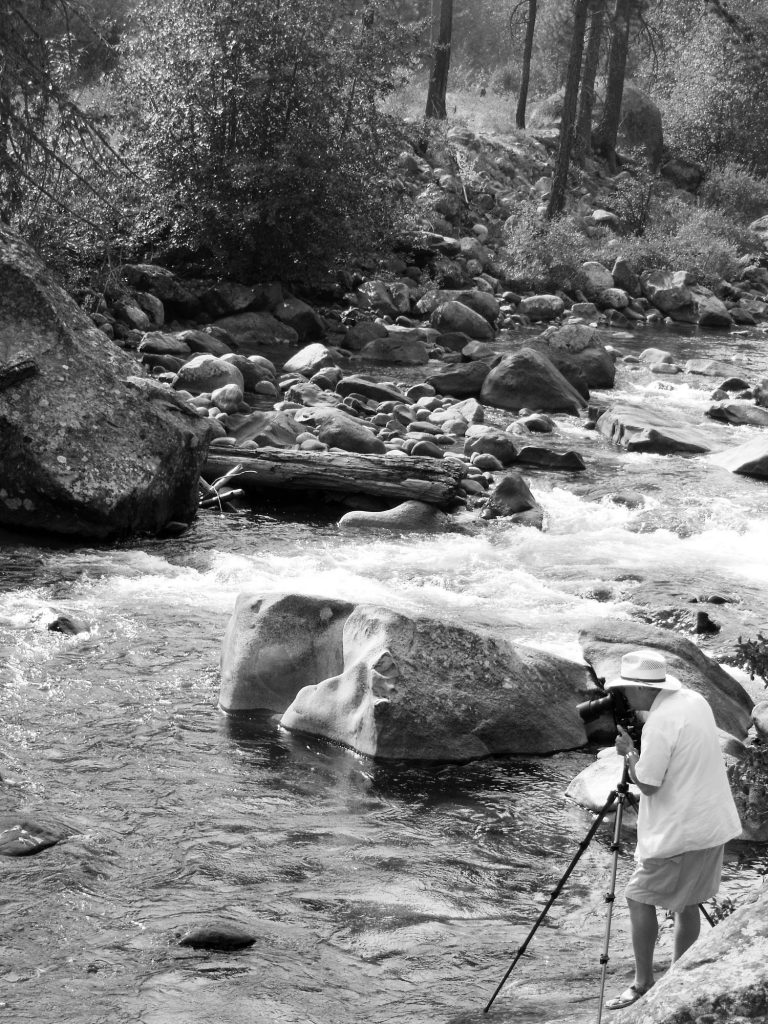
David W. Robinson photographing at Icicle Creek during the fire season of 2012: a portrait. Leavenworth, WA. (image by Lila Ritsema)
My Brutus Awards, once again. Lordy, tempus fugit!
What are they? Quoting myself in 2018, quoting myself recursively…
"The Brutus Awards are given at the end of each year, in recognition of the best high-end audio gear that Dave Clark and I as Editors of Positive Feedback have had in our own listening rooms for evaluation during that calendar year. These are entirely our own subjective choices, based on our own tastes in what's righteous…and what's not.
For those new to Positive Feedback and our Brutus Awards, I'll quote myself quoting myself on this history and intent of them…there's no reason to reinvent the wheel here.
"As longtime readers know, I instituted the Positive Feedback Brutus Awards way back in the mists of time…yonder in 2003. And every year, for the new readers who have joined us, I review the parameters of the Brutus Awards, so that everyone knows what they mean, and what guidelines direct Dave Clark and my choices.
As I said in 2016: ‘At the end of each year, my unindicted co-conspirator Dave Clark and I give our Positive Feedback awards. These are our annual ‘best stuff we heard this year' plaudits. No padding, crap, junk food, or meaningless drivel here: Just the righteous word!
As I said in Positive Feedback all the way back in Issue 10, December of 2003, when I announced the birth of the Brutus Award:
"‘We at Positive Feedback are going to have two main categories of annual awards. The first will be our Brutus Award. This will be recognition given to "the best and the brightest" products that we have experienced in various categories in a given year. In hardware, these will range from "best bang for the buck" to "the best period, and hang the expense!" designs. In recordings, we'll be paying tribute to the best that we've found in various formats. In addition, we'll have a "Lifetime Achievement Award" that will recognize individuals whose contributions to fine audio in various respects has been both superior and sustained.
All products that are so recognized by PF will be work that has been reviewed by us personally; no design will be recognized that we do not have experience with in our listening rooms. This means that you, our readers, may disagree with our selections, wondering why this or that component, recording or individual was not mentioned. Quite apart from differences in taste/opinion, the answer is simple: we won't be mentioning any design that we haven't spent time with in our own listening rooms. If a product does not win a Brutus Award in a given category, this does not signify lack of merit—we just may not have gotten to work with it.'"
But there's more to it.
As my Brutus Awards and their accompanying annual photo-essays have developed over the years, they have changed into reflections on the products, recordings, and people that I have come to respect during the course of a year…or over the years. I have become more introspective as time has gone by, and my comments this year will continue along this way.
Not narrowly technical, but also very personal.
Giving merited praise to what's been right here, in my listening rooms, over the course of 2019, and so alerting our readers to possibilities in the audio arts that they should be aware of is what I'm about with our Brutus Awards. Anything that I mention is worth your remembering in the future.
Right. Time to get to it.
The Awards, Part the First
Raidho Acoustics TD4.2 Loudspeakers (Benno Meldgaard Edition)
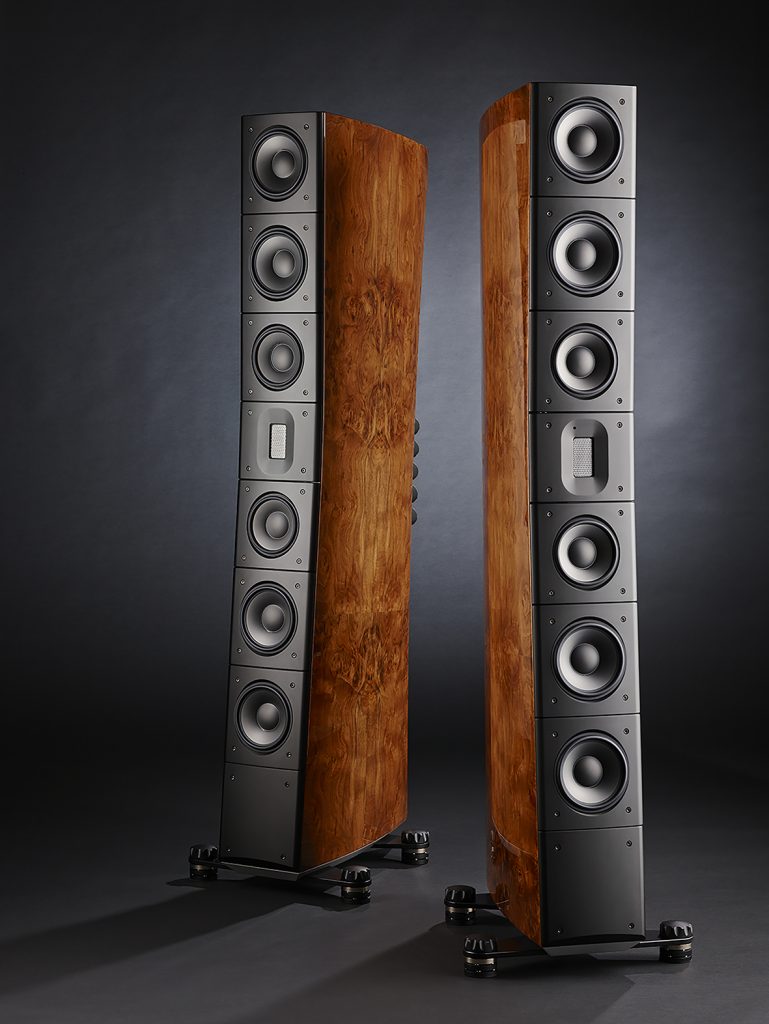
The Raidho Acoustics TD4.2 Loudspeakers (image courtesy of Raidho Acoustics)
Benno Meldgaard, the audio design genius behind GamuT and Raidho, made arrangements early in 2019 to send me review samples of two speakers: Raidho's TD4.2, to be followed by their TD3.8 in 2020. (Assuming that it arrives, the TD3.8 will certainly be in the running for another Brutus Award next year.)
Specifications from Raidho
- Size (WxHxD): 200 x 1550 x 600 mm (440 x 1580 x 600 mm incl. feets)
- Weight: 65 Kg
- Freq. reponse 25 Hz – 50 KHz
- Impendance: >6 ohm
- Sensitivity: 89 dB 2.828 V/m
- Crossover: 2.5 kHz; Stepped slope, phase and impulse linear
- Enclosure: Ported
- Drive units: 1 x Sealed TD Ribbon tweeter, 2 x 110 mm Tantalum-Diamond mid-range drivers, 4 x 115 mm Tantalum-Diamond bass drivers
- Finish: Black piano; All possible paint colors; Walnut burl veneer
- Amplification: >20 W (Though we have seen excellent results with small tube amplifiers)
The TD4.2s are fairly tall, though not excessively so. They should work in just about any reasonably-sized room, assuming a well-behaved room. Good news on the weight; at just under 150 lbs., they can be handled by two people of moderate strength...but watch their gorgeous finish! Handle with care!
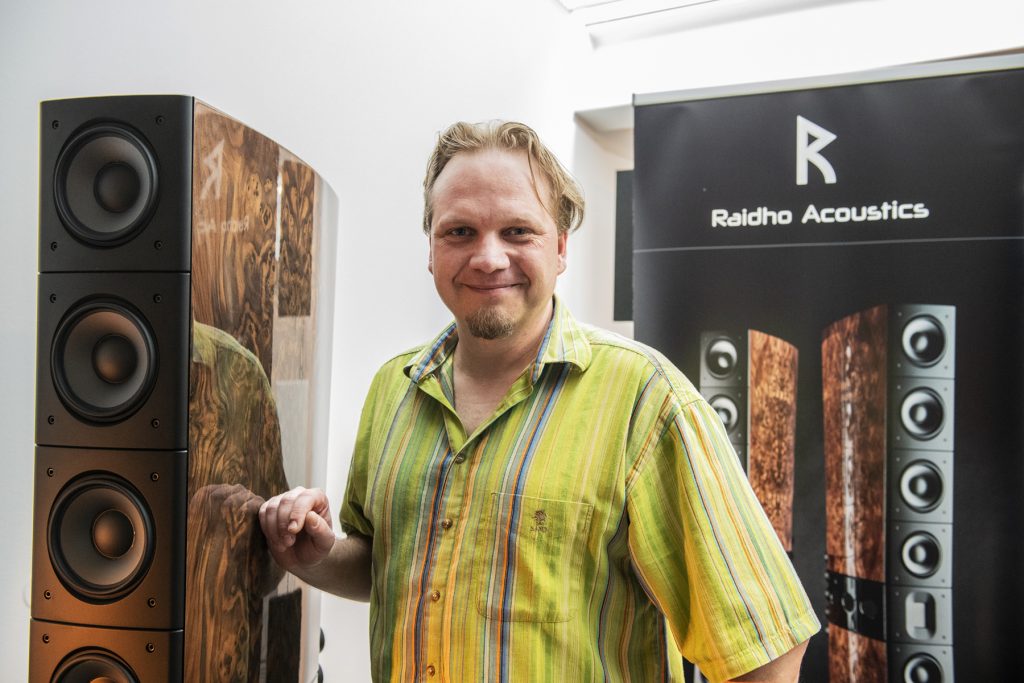
Benno Meldgaard in the Raidho Acoustics space at Munich, 2018
Benno told me that he took the framework of an earlier iteration of the TD4.x, left it intact, but complete redid the crossover and drivers. The Tantalum-Diamond speaker drivers (1 ribbon, two mids, and four bass) give the TD4.2s a nicely extended range, as noted above. Once they were properly placed and toed-in in my listening room, I can attest that they produce extremely deep and nicely controlled bass, without being subsonic the way that Benno's magnificent GamuT Zodiacs are (down to around 15Hz). The midrange is uncolored and detailed, while the high frequencies are incredibly detailed and quite spacious. The sense of atmosphere is very fine, indeed.
Over the months that the TD4.2s have been here, I've listened with both the PASS Labs Xs 150 pure Class A four-box monoblocks (now sadly departed), and with my own Audionet MAX monoblocks. In each case, the results were splendid, with the clarity, wide extension, and detailed control of the TD4.2s being confirmed.
A Brutus Award winner? Without a doubt!
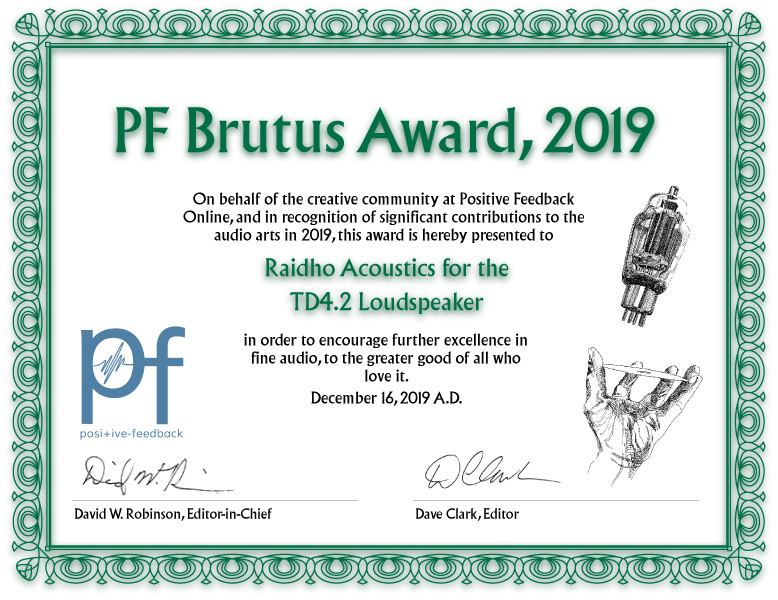
Playback Designs MPT-8 Reference Transport with StreamX and MPD-8 Reference DAC
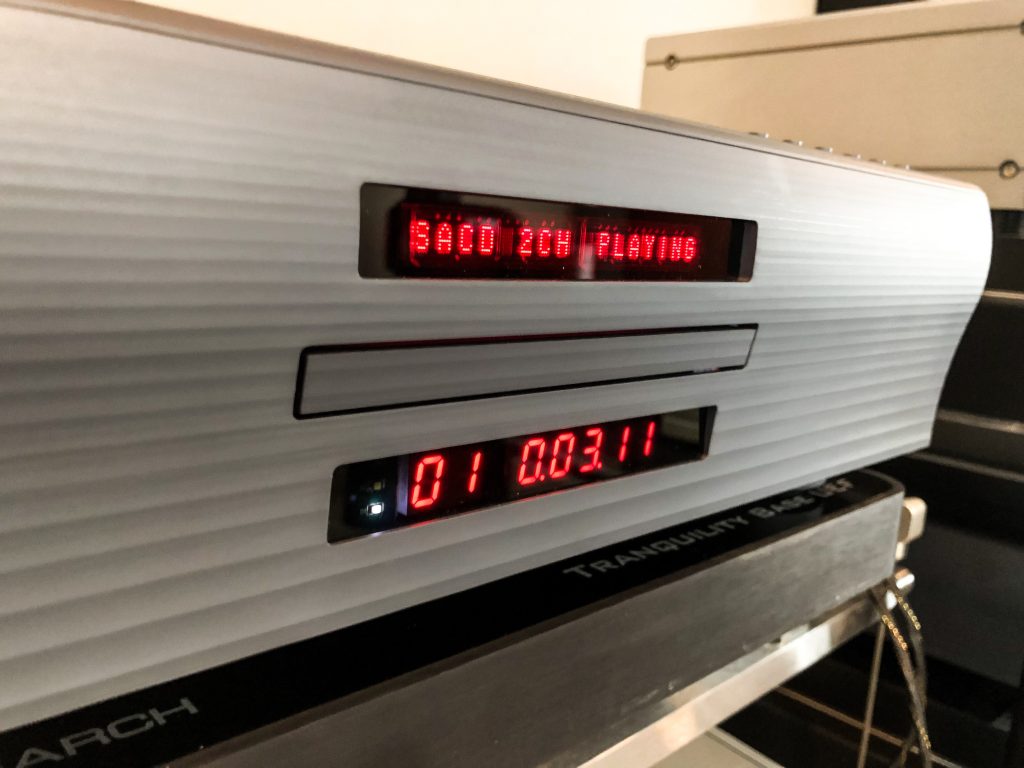
The Playback Designs MPT-8 Transport with StreamX
Andreas Koch is one of the true geniuses of digital music and the superior DSD format…in many ways, the leading light in this extremely important realm of high-end audio. Since Munich 2018, Andreas has finished, and is now into production of his new top-level optical, network, and DSD/PCM DAC, his Playback Designs Dream System.
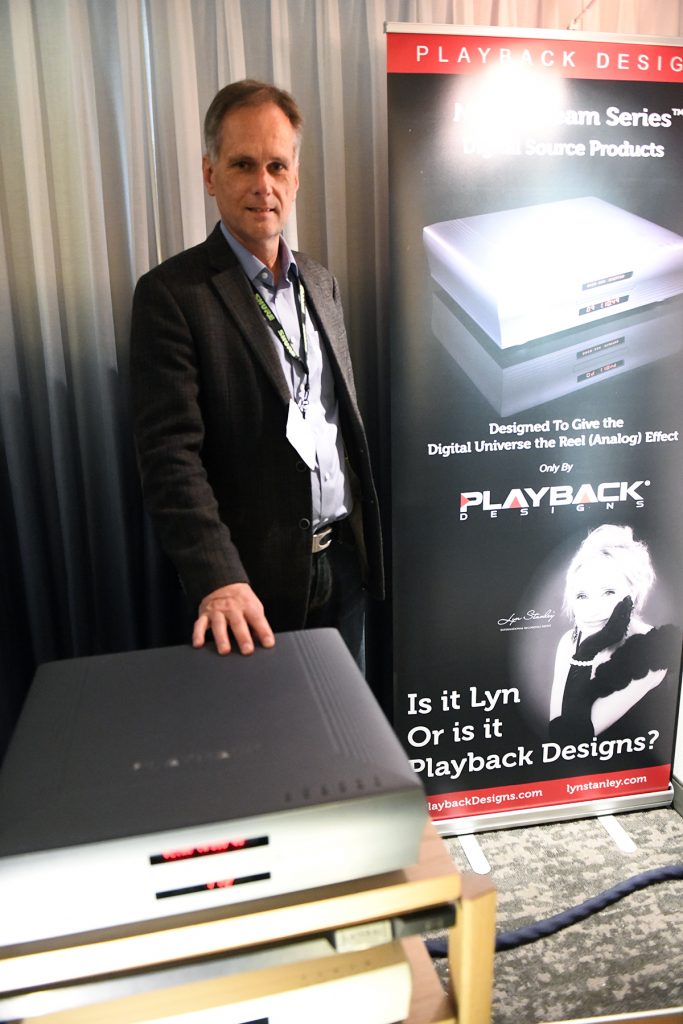
Andreas Koch in the Playback Designs room at AXPONA 2019
Andreas' design philosophy and general description can be found on the Playback Designs Web site, which you can see HERE. If you are new to Playback Designs, you'll want to read this page, and also the product descriptions elsewhere on his site.
A brief history:
I have been following Andreas and Playback Designs from the beginning, and have been ever more impressed with the audio and musical possibilities that he has revealed over time. His MPS-5 all-in-one SACD/CD player single-handedly leaped over previous reference standards for me all the way back in 2007/2008, and took a Brutus Award from me the first year that I had it in hand. Later he would add the ability to link external sources up to Double DSD via his innovative USB-X interface.
After that was the Sonoma series of hardware and software, including the Merlot DAC, Syrah Music Server, Pinot ADC, and the Sonoma recording software. One could also get an OPPO BDP-103 (now discontinued, alas!) with OpBox for optical linkage of SACDs/CDs to either the Pinot ADC for ripping and recording, or to the Merlot for enhanced reproduction of optical discs. All of these took the performance of the Playback Designs line to the next level, including the ability to make your own recordings very easily.

Andreas Koch in the Playback Designs space at Munich, 2018
Several years after that, Andreas released the Dream System. The first review sample that I received was the all-in-one MPS-8 SACD/CD player and streamer, successor to the MPS-5. This was reviewed by me in Issue 98 HERE, and received a Brutus Award from me in 2018 for its new-standard reference-grade sound and the quality of its StreamX streaming interface.
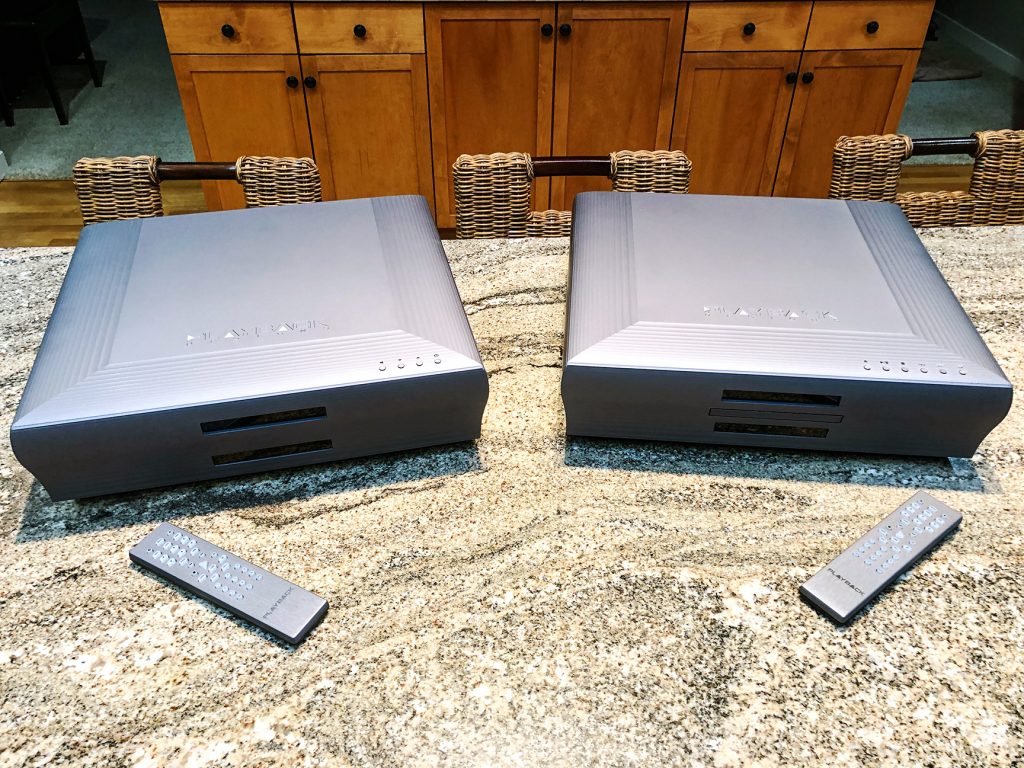
The arrival of the Playback Designs Dream System MPD-8 DAC (left) and MPT-8 with StreamX streamer with remotes in the late winter of 2019
In late February of 2019, however, I finally received Andreas' latest two-box assault on reference-grade performance: The Dream System MPT-8 Optical (SACD/CD) Transport with StreamX streaming (One can also source this with an internal music server, but you cannot get both streaming and music server due to space constraints), and the MPD-8 DAC. The MPD-8 supports DSD out to Quad DSD, and PCM out to 384kHz. No MQA, though.
I spent most of the year listening deeply to the MPT-8 with StreamX and MPD-8 DAC combination. Since we have a reference library of around 7000 SACDs here, I had plenty of opportunities to graze musical fields. Certainly, the results were the best that I've ever heard from SACD/CD optical playback, with incredibly transparent and detailed, yet natural, organic, dynamic, and well-paced music. This was regardless of format. DSD up to (especially Quad DSD) was my preferred format, but frankly all DSD shone when handled by the two-box Dream System. SACDs were exceptional…again, also the best that I've heard in all my twenty years of listening to them.
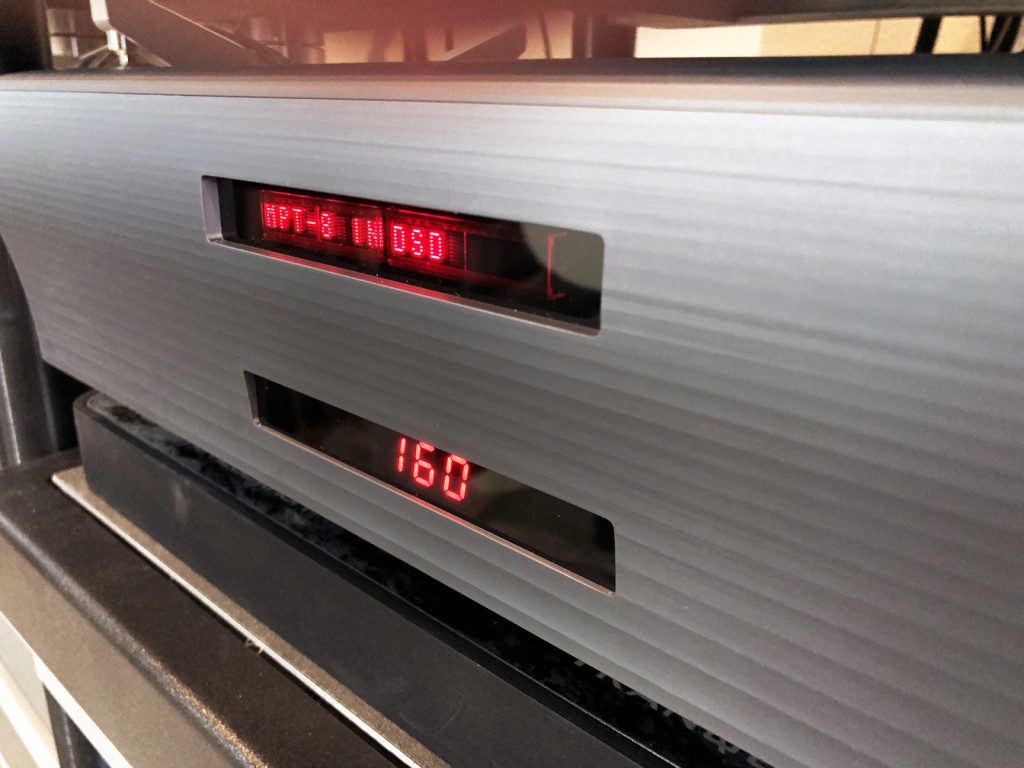
The Playback Designs MPD-8 DAC in action in our listening room; the isolation platform is a Synergistic Research Tranquility Base
The StreamX system worked flawlessly with both my Tidal Master and Qobuz Studio accounts, and rendered the PCM at an exceptional level. I note in passing that Playback Designs does not support MQA, however, which is a similar design stance taken by a number of other DAC companies.
Overall, the Playback Designs two-box Dream System showed itself…once again…to be ne plus ultra when it came to the highest level of digital music reproduction. It has my very highest recommendation here at the end of 2019.
Therefore Andreas Koch and Playback Designs bear away a Brutus Award, once again, for the Dream System!
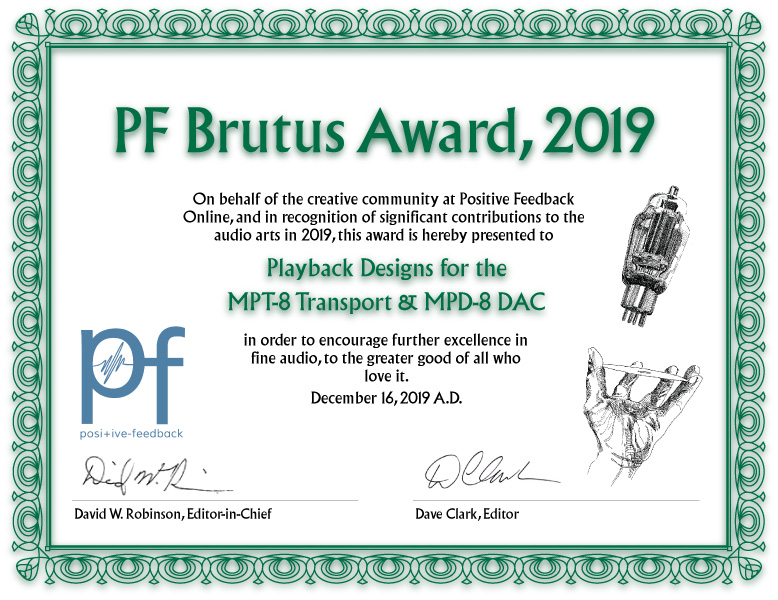
Aurender A30 Music Server
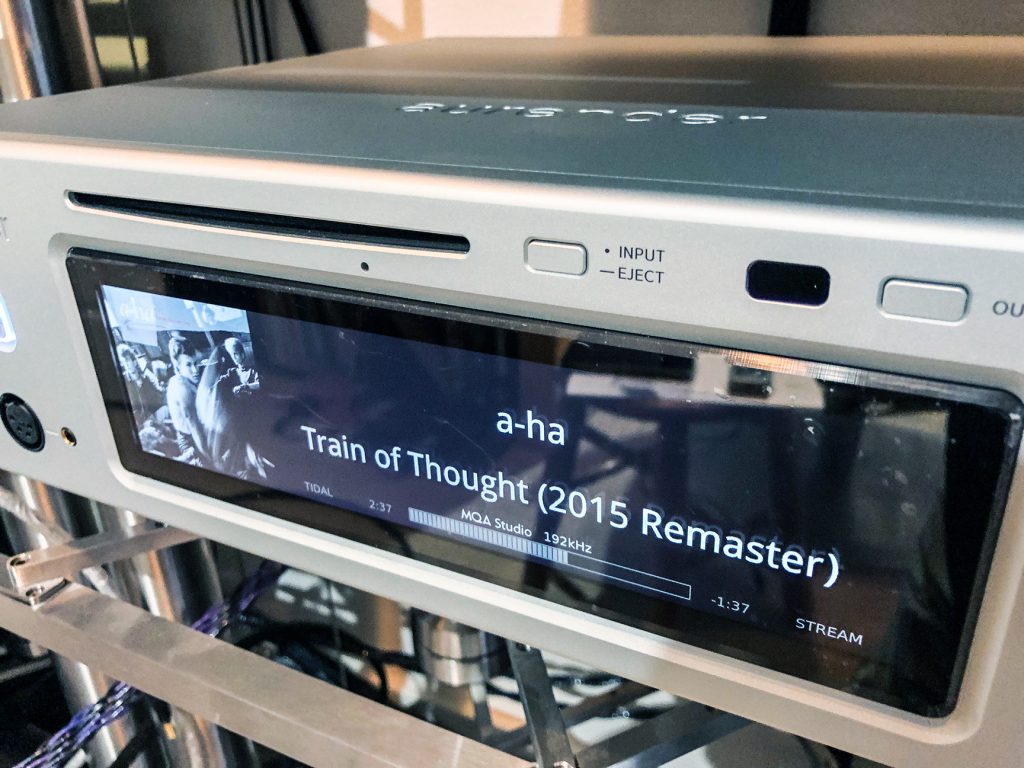
Once of the most pleasant audio surprises of 2019 came with the arrival of Aurender's latest tour de force, the A30 Music Server. Check this page out; it's a profile of a bloody remarkable product, and has more details than I can cover here.
"Music Server"? That doesn't say it. Not nearly, not hardly. Aurender lists the A30 as its reference "Caching Music Server/Streamer/CD Ripper/HDD Storage/Full MQA Decoder DAC/Headphone Amplifier."
And it is all that, every bit of it.
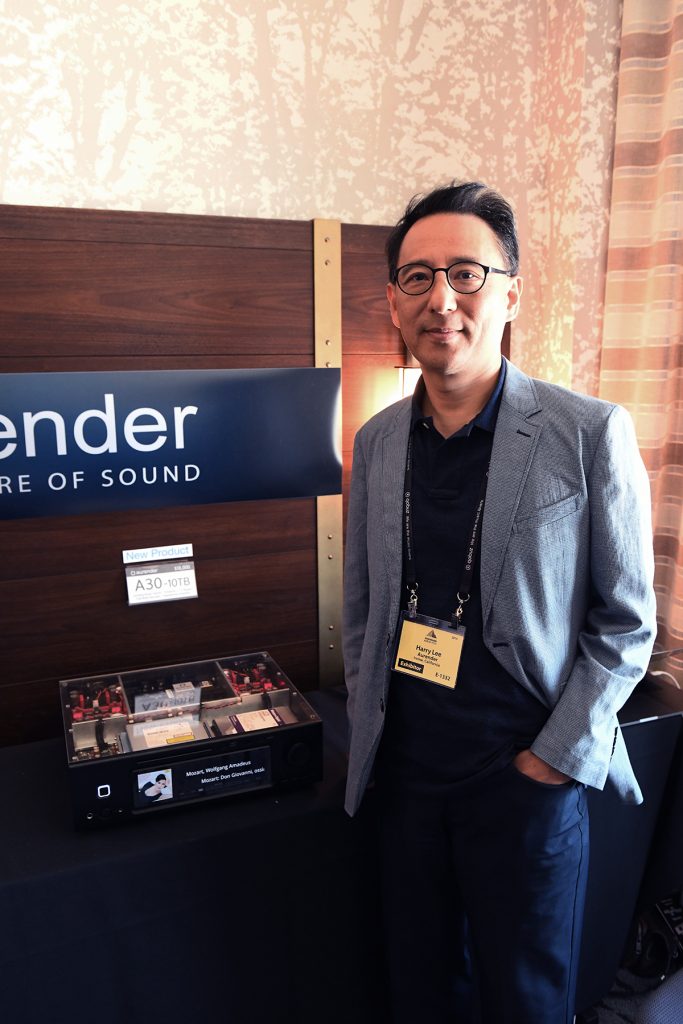
Harry Lee in the Aurender room at RMAF 2019
Its internal DAC supports up to DSD256, with a claimed DSD512 capability in native mode (although I've been unable to confirm that level of performance with DSD512 files from NativeDSD.com, as of this moment. Stay tuned.) The A30 will do up to DSD256 in DoP. External DACs are supported via USB, but I'm wondering if most people would need it. PCM is supported out to 768kHz/32 bit, including upsampling PCM lower rates to this level. The internal "dual-mono DAC designed around next generation flagship AKM AK4497 DAC Chipset with dual-mono linear power supplies" is one of the very best all-around off-the-shelf DAC implementations that I've heard. MQA is supported to the highest unfold levels, very handy for those who appreciate streaming that format from the likes of Tidal Master.
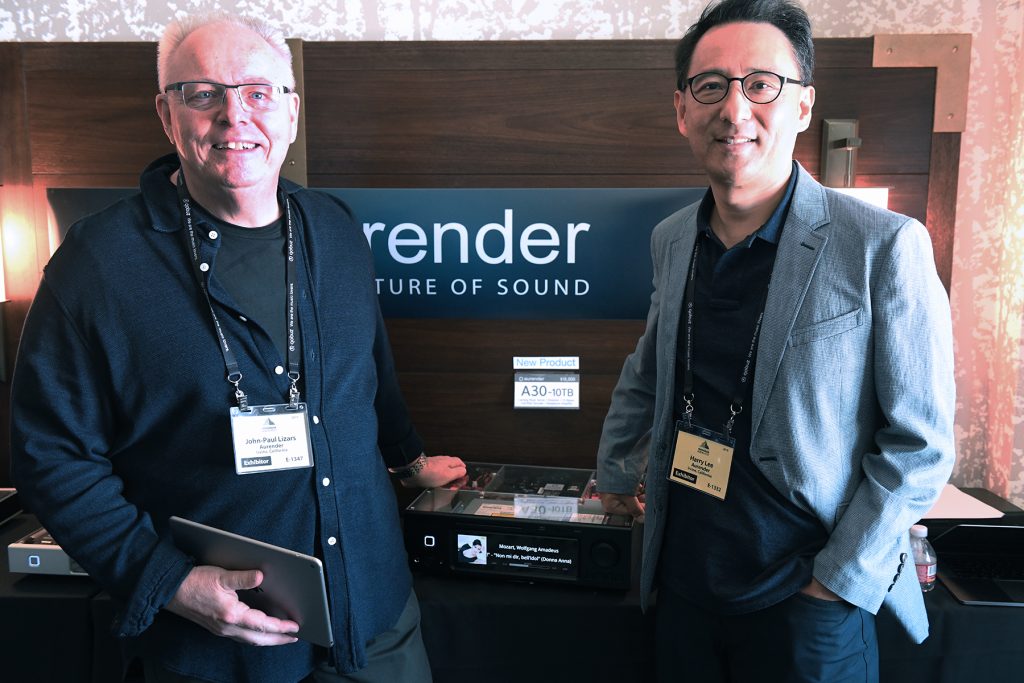
John-Paul Lizars and Harry Lee by the demo unit of the A30 at RMAF 2019
It is a caching music server, with 10TB of internal moving storage, cascading to a 480GB SSD, which operates as a buffer for the main moving HD system. Headphones, including both balanced and unbalanced outputs, are fully supported. So are external USB 3.0 hard drives. Gigabit Ethernet. Linear power supplies internally, and a "super capacitor"-based uninterruptible unit power supply to prevent sudden crashes due to a twitch in the AC power. (Hallelujah!)
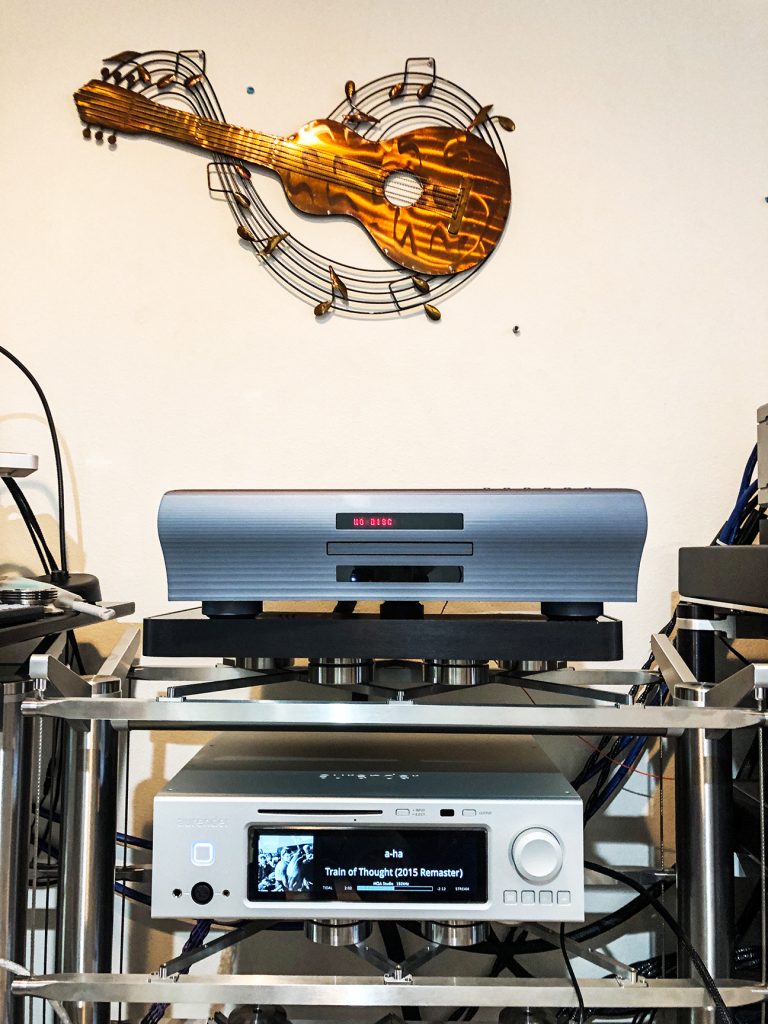
The Playback Designs MPT-8 Transport with StreamX (above), with the Aurender A30 as a downstairs neighbor on one of our Stillpoints ESS Grid Racks
The CD ripper is a wonder. A Teac CD drive integrated into the front of the chassis right about the display makes ripping very easy…simply insert a CD, and walk away. The A30 will read up the CD, search for the associated metadata, and then pour the music files aboard in .WAV, .FLAC, or .AIFF formats, according to your preference. Come back after it's done and the A30 has ejected the disc (which is relatively quickly), and you can either do another, or go back to listening. Smooth!
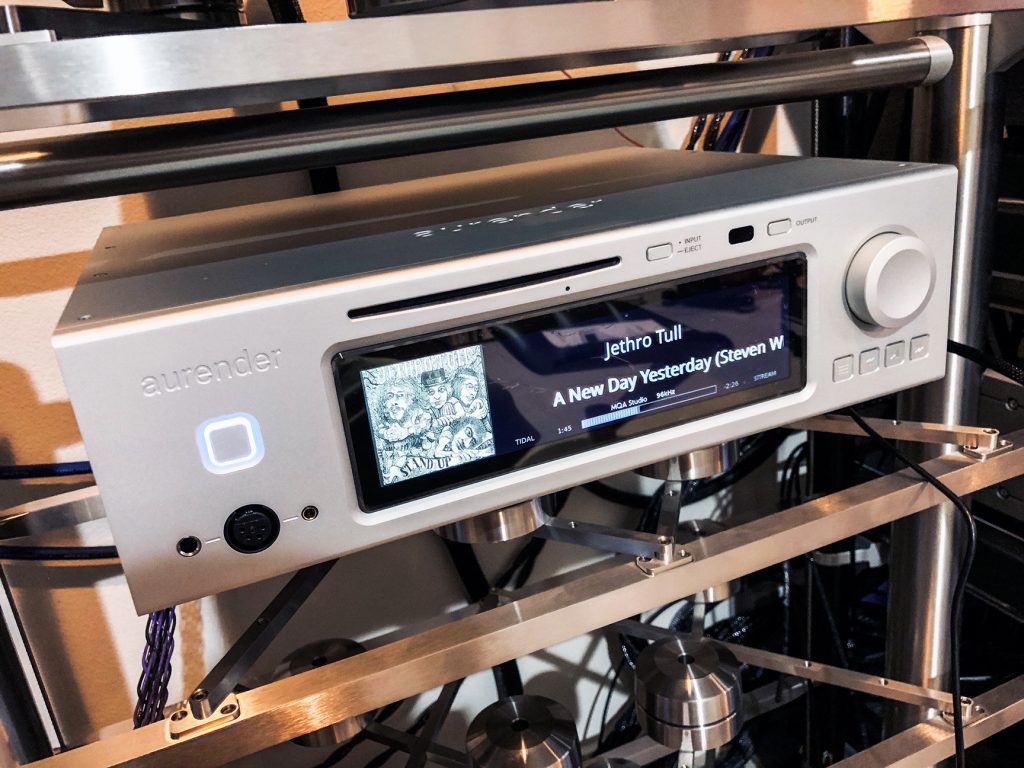
Did I mention that the display is absolutely killer?
The A30 stands alone in my audio experience as a real all-in-one solution for audiophiles who have converted to LAN- and Internet-based streaming music, but are looking for a really total solution. Following larger trends in world civilization and high-end audio, there are a number of music lovers who are cutting loose from traditional physical storage media (LPs, RTR tapes, cassettes, SACDs, CDs) and are heading towards the world of local HD/network/online music, and the metadata and databases thereof.
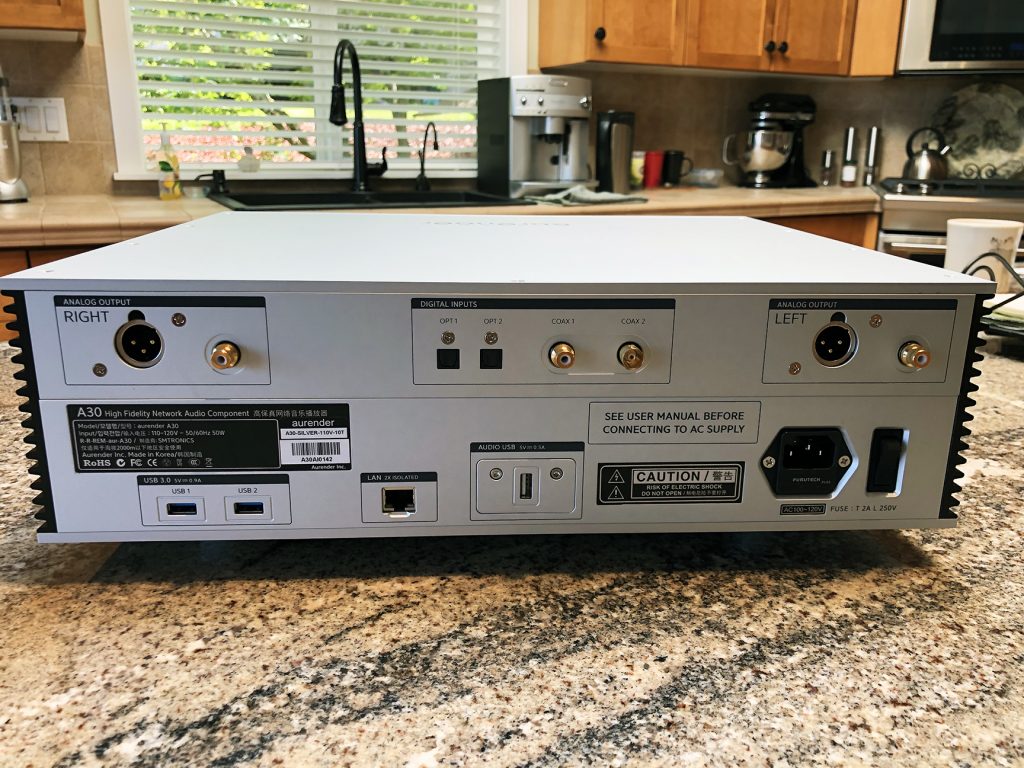
The posterior of the A30, I/O view
Now, I'm not about to ditch my physical media, but it really isn't a question of either/or, is it? You can keep your physical media, and get an A30 too! Or not…that's up to you.
Me, I have the best of both worlds this way.
So…if you want the current state-of-the-art in all-in-one design that is truly reference quality, brothers and sisters, this is it.
My highest recommendation in this category, and definitely a Brutus Award winner!
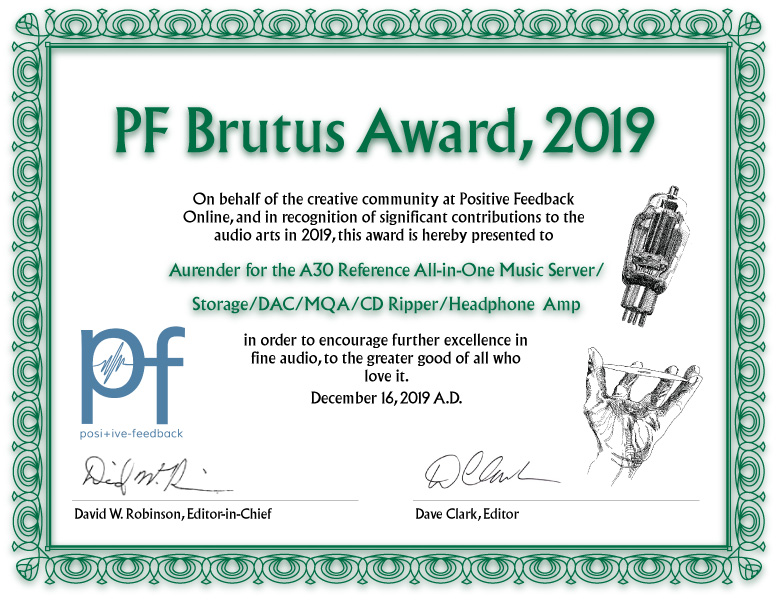
Mola Mola Tambaqui DAC
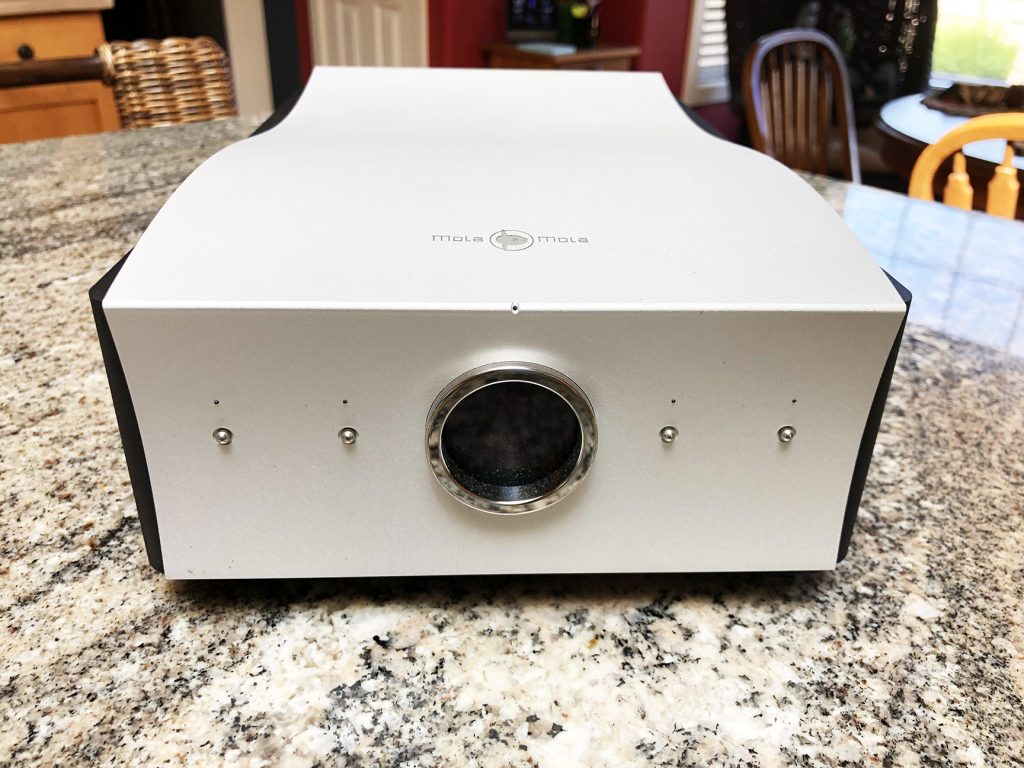
The gorgeous Mola Mola Tambaqui DAC, upon arrival
While I'm on the subject of DACs and digital playback, I had another unlooked for and very pleasant bit of astonishment this year: the arrival of the Tambaqui DAC from Bill Parish on behalf of Mola Mola.
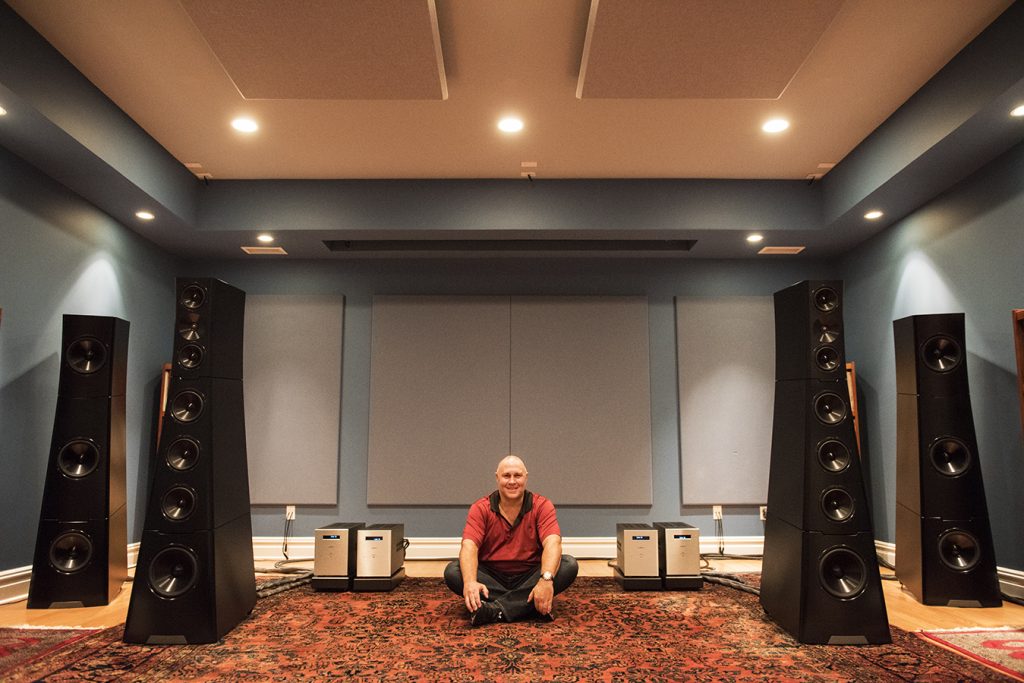
"Buddha Bill" Parish in his magnificent listening room #1 at GTT Audio in New Jersey
Bill is a very close audio friend of mine. We've known each other for many years, and he's sent review samples of a number of excellent products over that time. I can always trust Bill to have great gear, and a first-rate line card. Plus, he has a great music collection, loves photography, has perhaps the very best listening room that I've heard, and enjoys fine cigars just as much as I do. What could be better?!
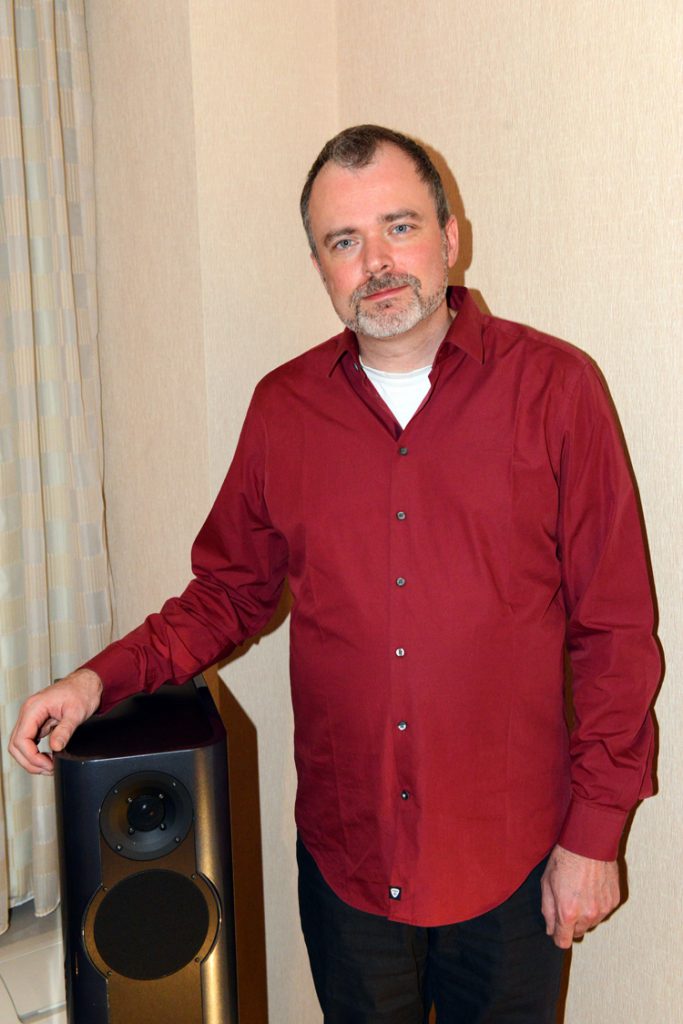
Bruno Putzeys at RMAF 2015
Earlier in the year he got in touch with me and enthused about the new Mola Mola Tambaqui DAC. It was developed by another brilliant artist of digital, Bruno Putzeys, who I have had the pleasure of meeting and talking with a number of times at shows and private homes. Bruno is one helluva interesting person…brilliant, inward, intense, unique…and I always enjoy our conversations. He's the sort of person that would fit right in with Andreas Koch of Playback Designs, or Ted Smith of PS Audio…that sort of neighborhood.
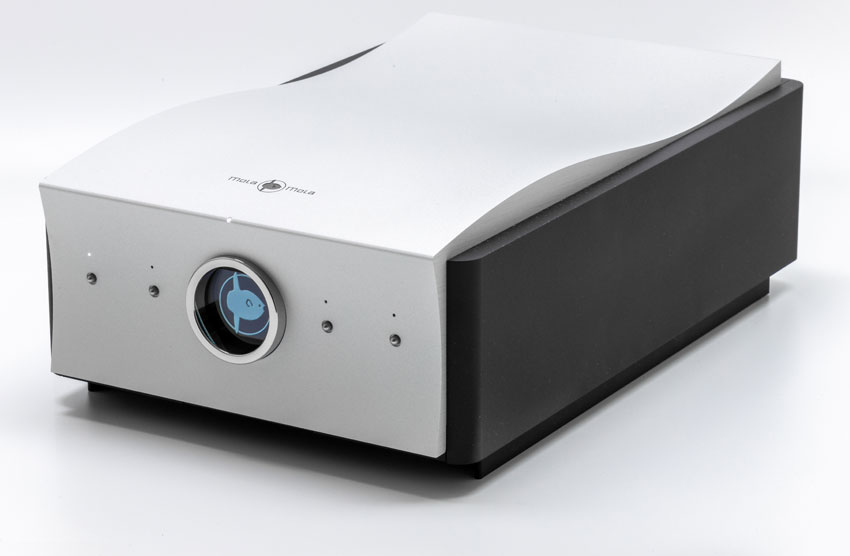
The curvaceous Tambaqui...real sculpture in the audio arts!
Bruno's new DAC is both appealing to the eye and seductive to the ear, with the sort of name in line with the entire Mola Mola tropical flabor. Tambaqui…love it!
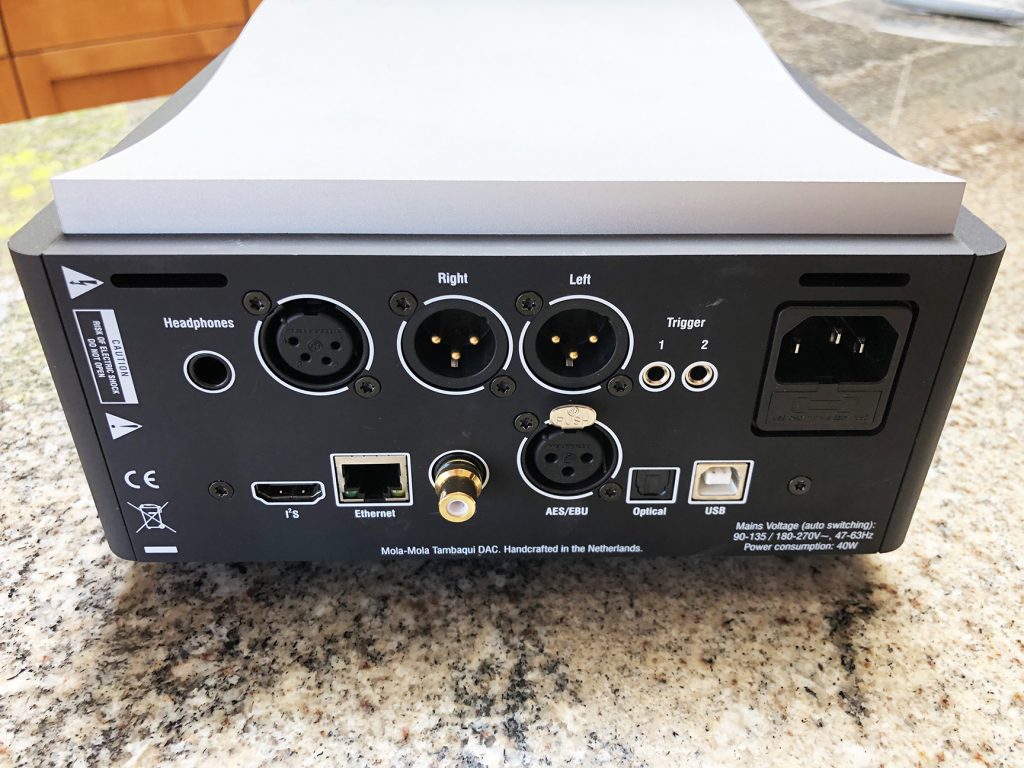
The posterior view of the Mola Mola Tambaqui after its arrival here: compact, and loaded!
This new Roon-based DAC gives you DSD up to Quad DSD, and PCM up to 384kHz/32 bits. Mola Mola describes the digital flow of the Tambaqui thusly:
"The converter is a two-board stack. On the first board, all incoming digital audio is upsampled to 3.125MHz/32 bits and converted to noise shaped PWM. On the other board are two mono DACs, in which a discrete 32- stage FIR DAC and a single-stage 4th order filtering I/V converter, convert the PWM into analogue with a breathtaking 130dB SNR. This is near the theoretical limit for 24-bit files and far beyond that of even quad-speed DSD. Uniquely, distortion remains below the noise floor even for full scale signals."
Interesting. Universal conversion to Pulse Wave Modulation (definitely not PCM).
There's an available beautifully sculpted remote control, plus a control app for Apple and Android devices…works great on my iPad 7th Generation.
The back side has a ton of I/O, plus a headphone jack. All in a very compact form factor…even small apartments could accommodate Mola Mola gear.
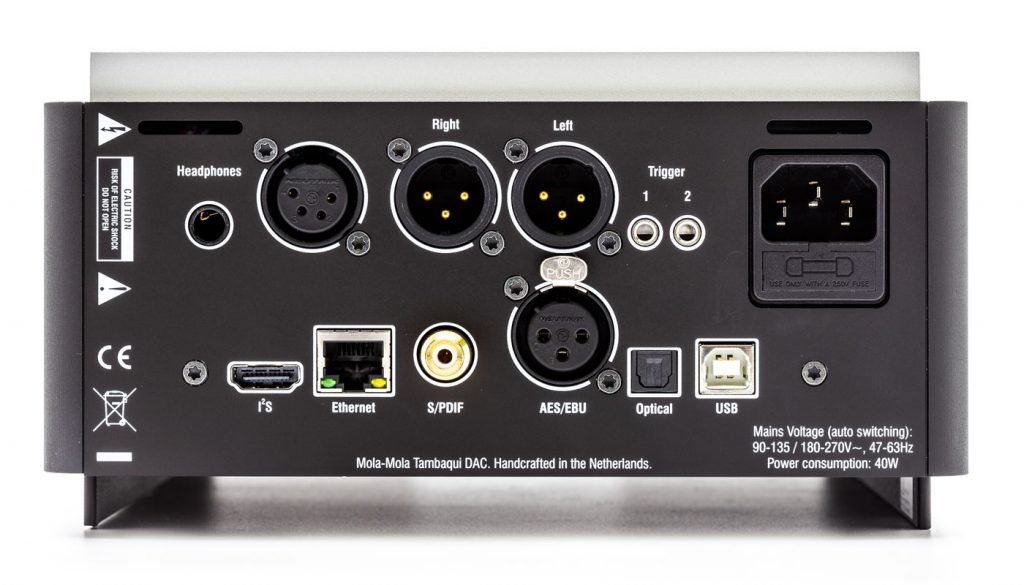
Did I mention that the Tambaqui is loaded with I/O?! (image courtesy of Mola Mola)
But man! The real treat is in the sound!
I've been listening on my new Dell Precision T7920 workstation with Windows 10, via Kubala-Sosna Realization USB cable, and thence onwards by way of Kubala-Sosna Elation! XLR cable to first the Playback Designs IPS-3 Integrated DAC/Amp…now replaced with the brand new ModWright KWI 225i Hybrid Integrated Amplifier that's here. Thence to the very revealing Evolution Acoustics Micro One Monitors. The source was my Dell Precision 7920 Tower Workstation Dual Xeon Silver CPUs running Windows 10 Professional for Workstations, 64GB of ECC RAM, RAID 1 HDs, and so on. Plenty of horsepower for music and anything else that I'm doing. For the Tambaqui, I went with my old amigo JRiver's Media Center, version 25. HD sources were either local or on the LAN.
The Tambaqui is also Roon ready, though. Via its gigabit Ethernet Port and its remote, it can be configured to use Roon and your associated music services (e.g., Tidal Master and Qobuz) to get streaming PCM at the highest current level. Given the plethora of Roon/Tidal/Qobuz devices that I've had here this year, I didn't have time to explore the Tambaqui's streaming performance. That will have to wait for 2020.
The results from local and LAN resources really startled and gratified me right from the beginning. Right out of its Pelikan shipping case, the Tambaqui rocked me with its top-notch musicality. It was a megaton's worth of "both-and," with no "either-or." Nicely transparent, detailed, but with a balancing organic sense of harmonic integration that slew the dragon of analytics. Listening went on for hours, then for days and weeks. During this time, I used only the USB input for Native Mode DSD…Single, Double, and Quad…plus some PCM. All were splendid.
Regardless of the source…classical, rock, jazz, alternative, electronic…musical joy was the result. And that feeling has remained constant here from Day 1.
So there's no doubt that the Mola Mola Tambaqui is another addition to the top-flight DACs in my pantheon. And it is very worthy of one of my Brutus Awards for 2020.
Done!
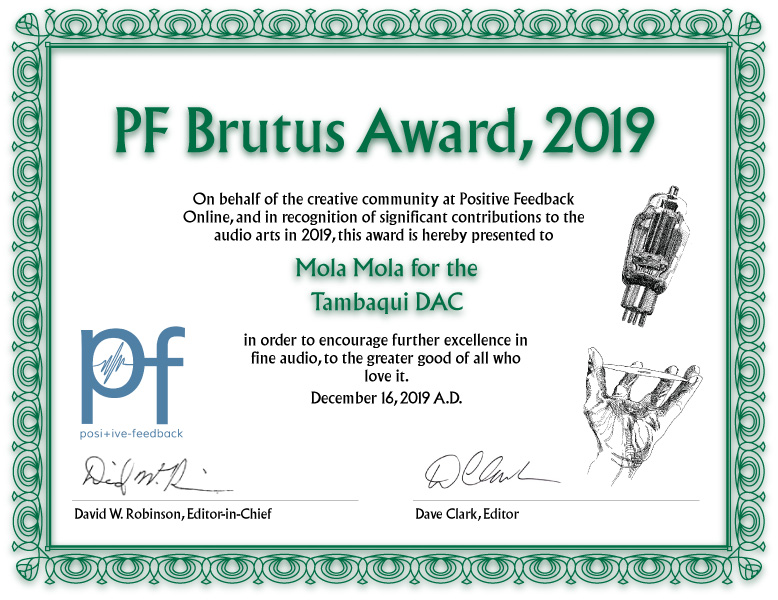
All photographs and image processing by David W. Robinson, unless otherwise noted.




